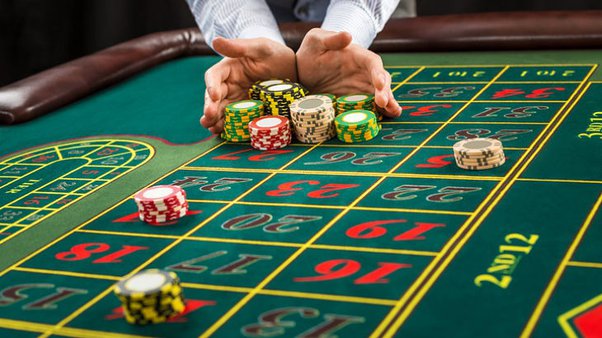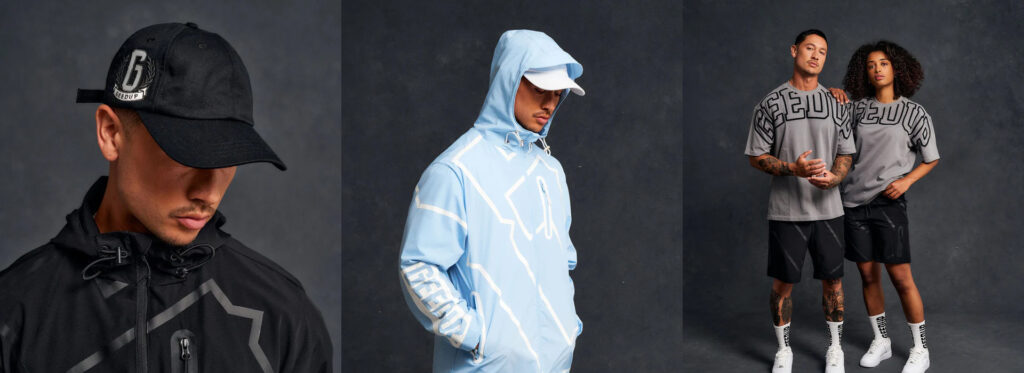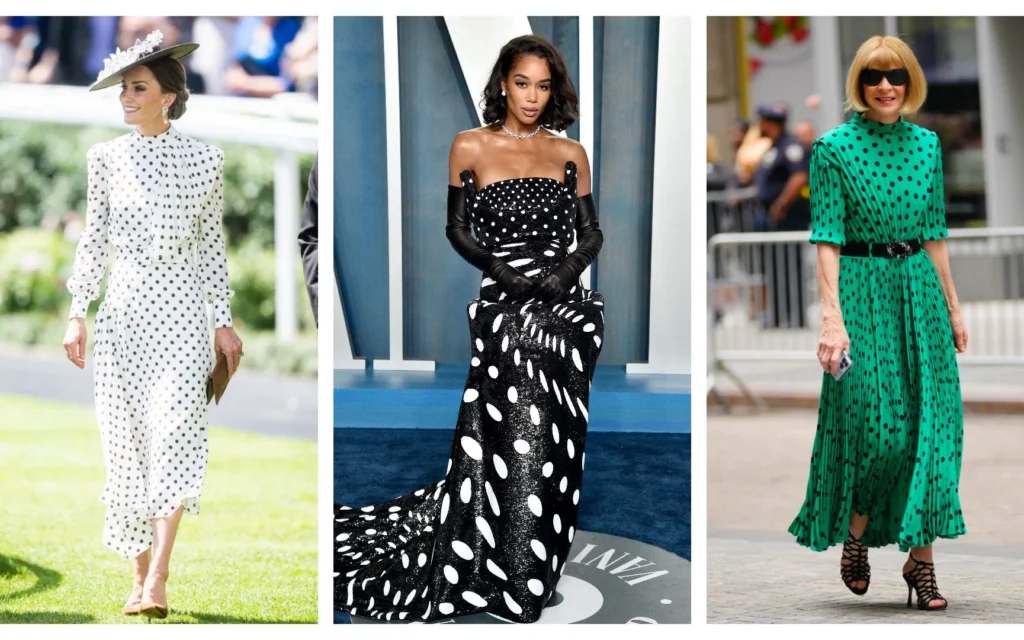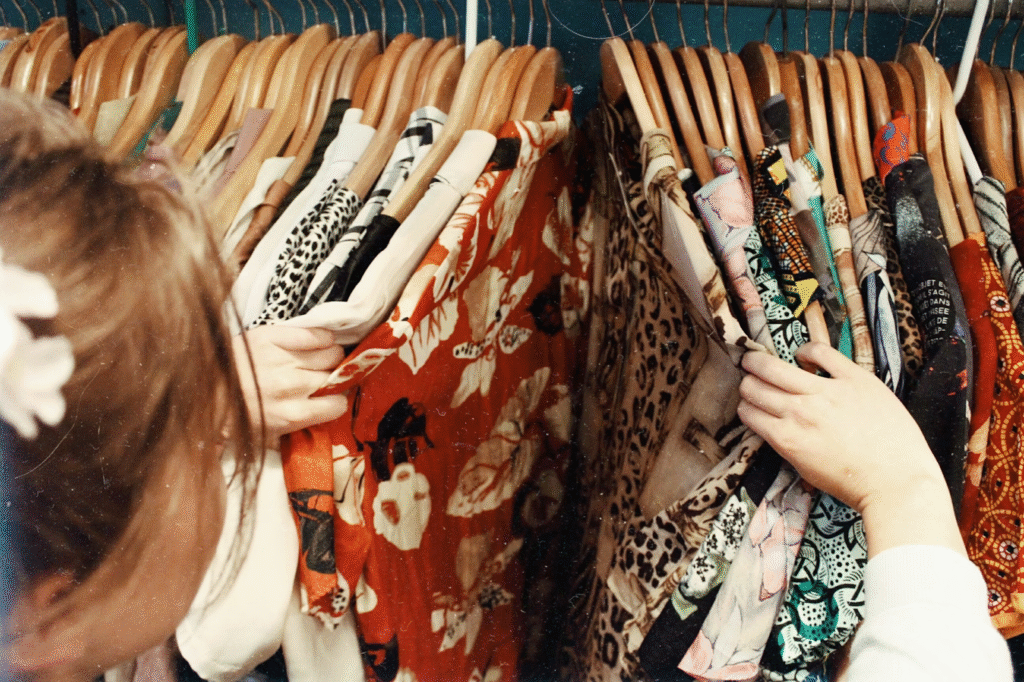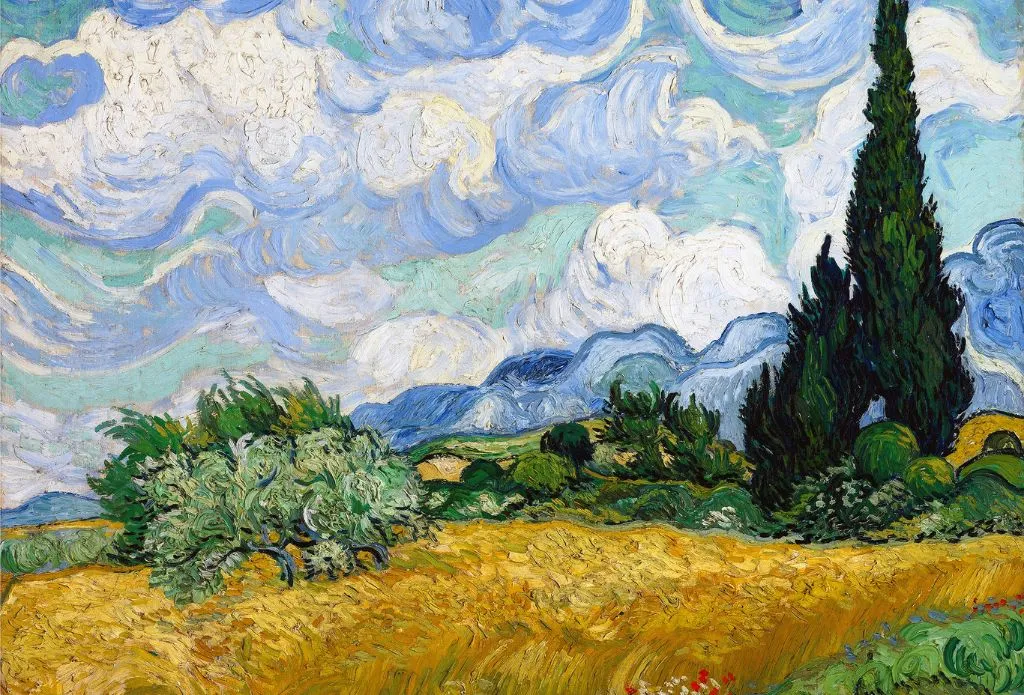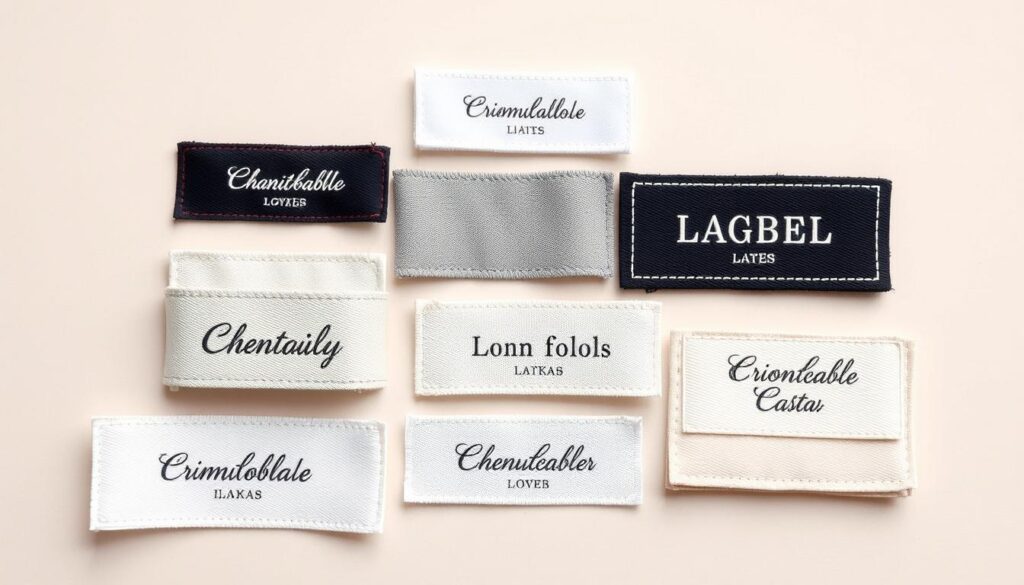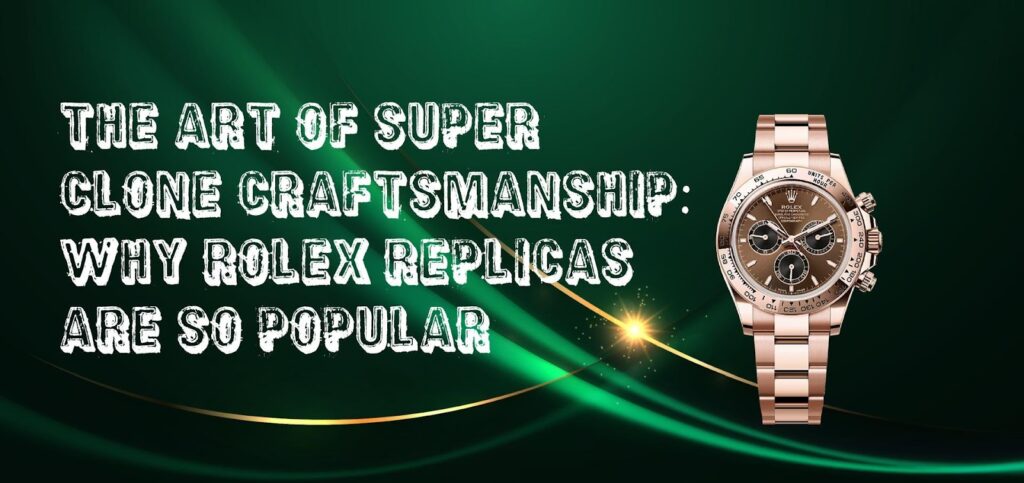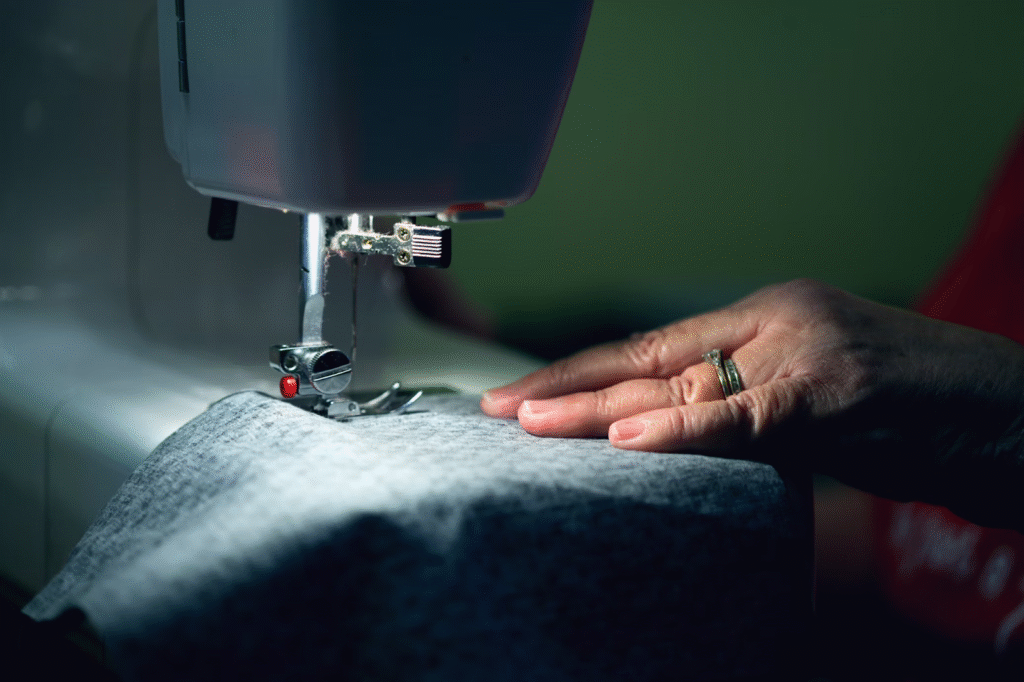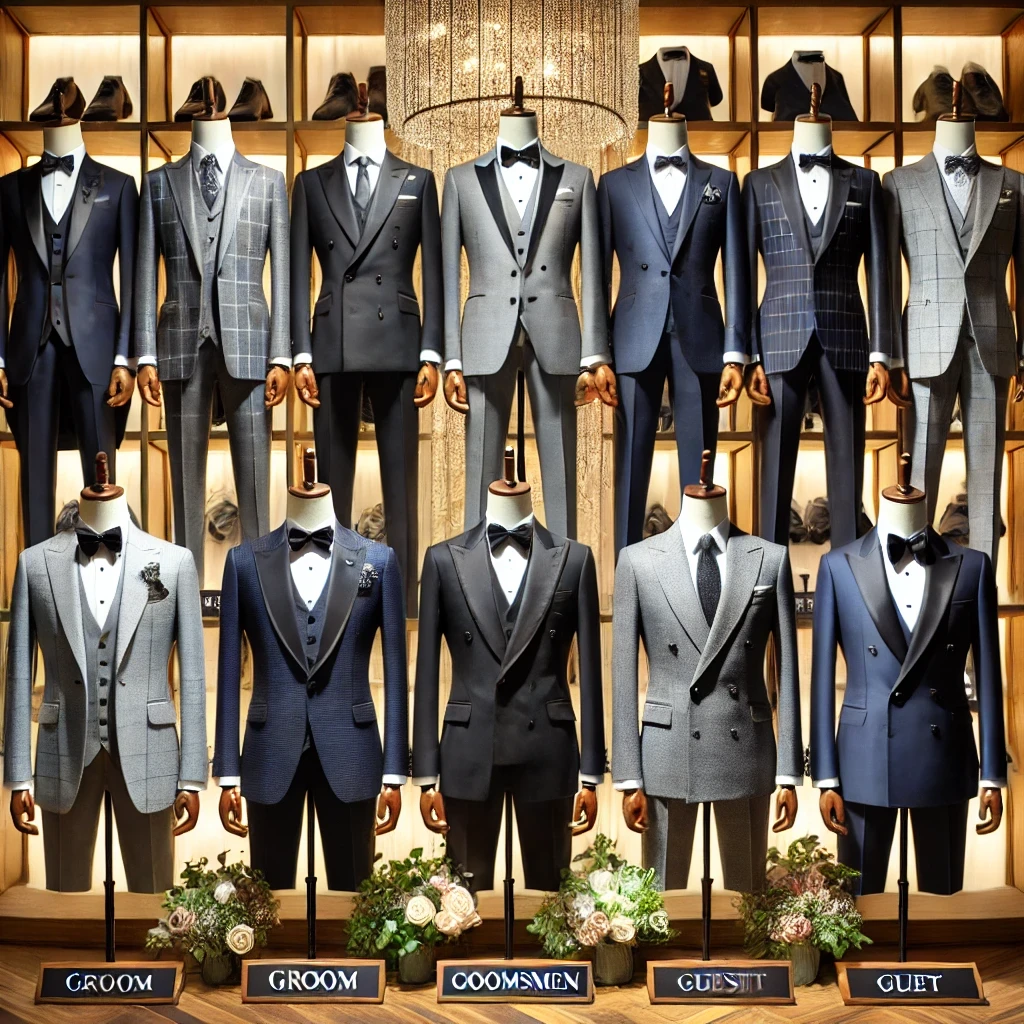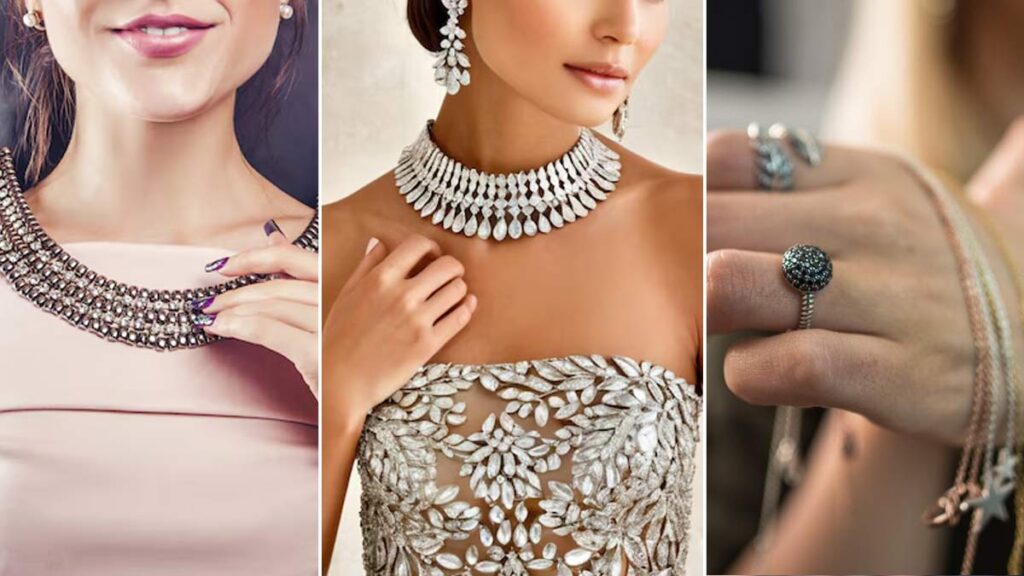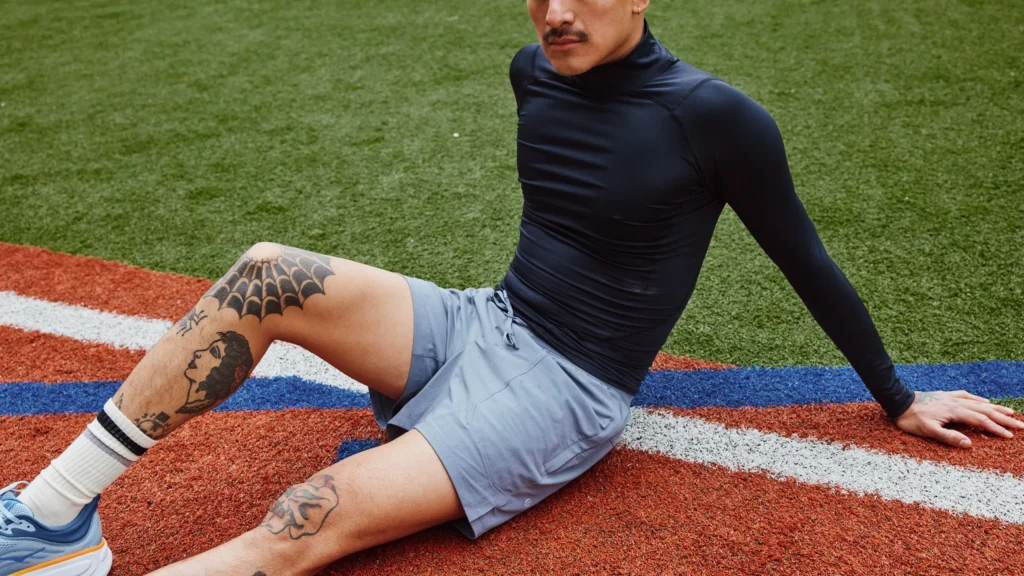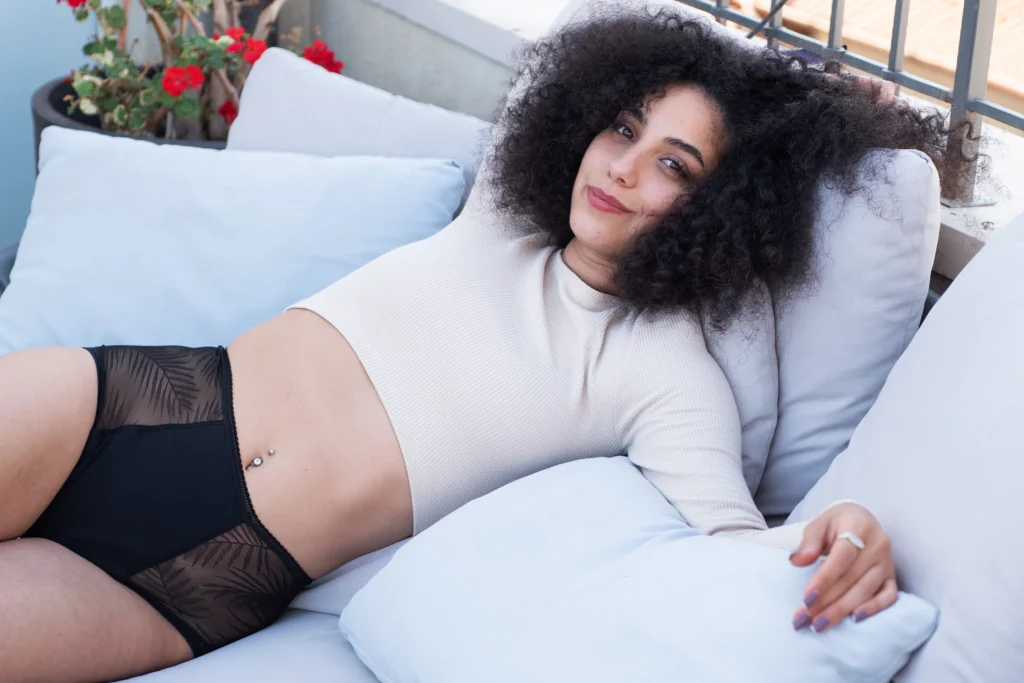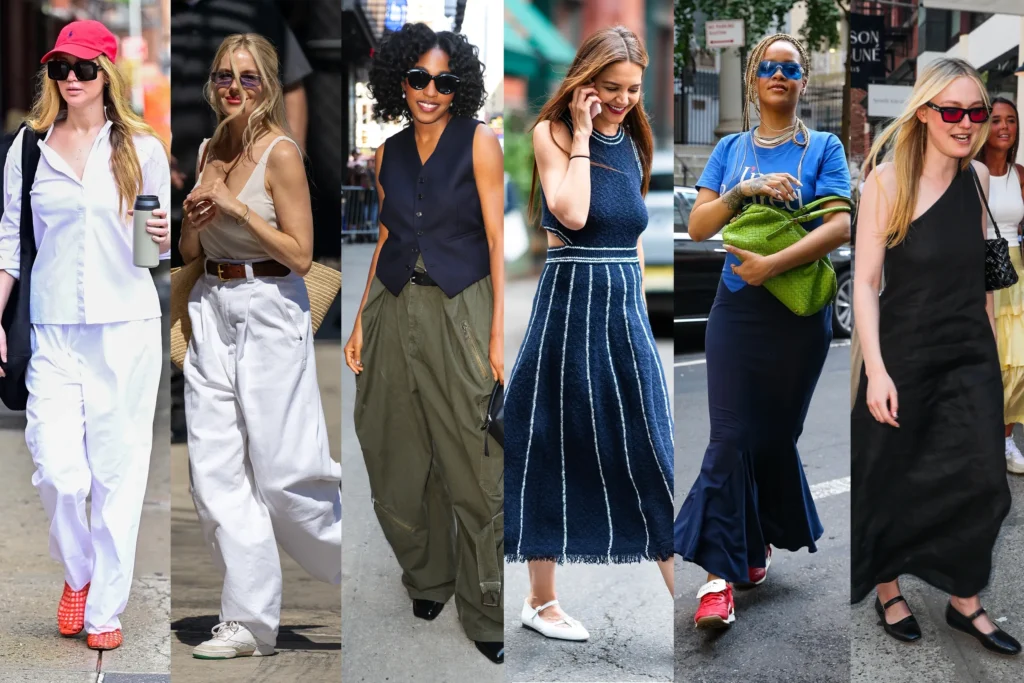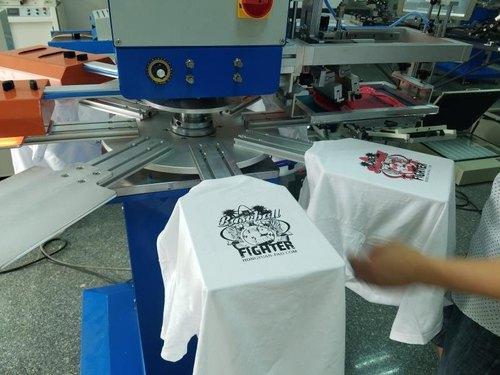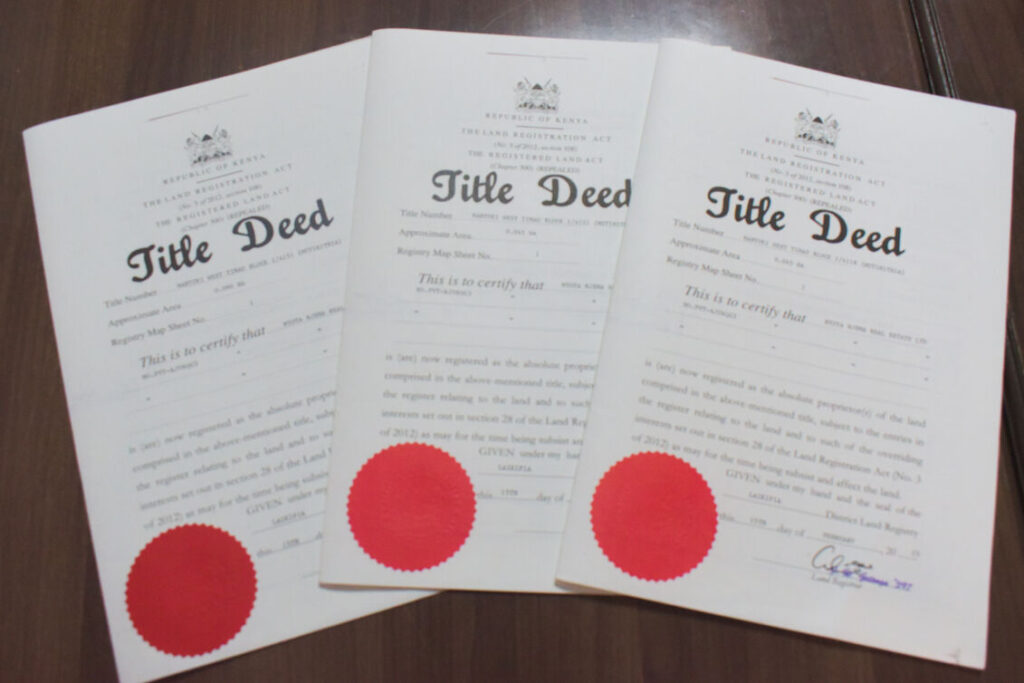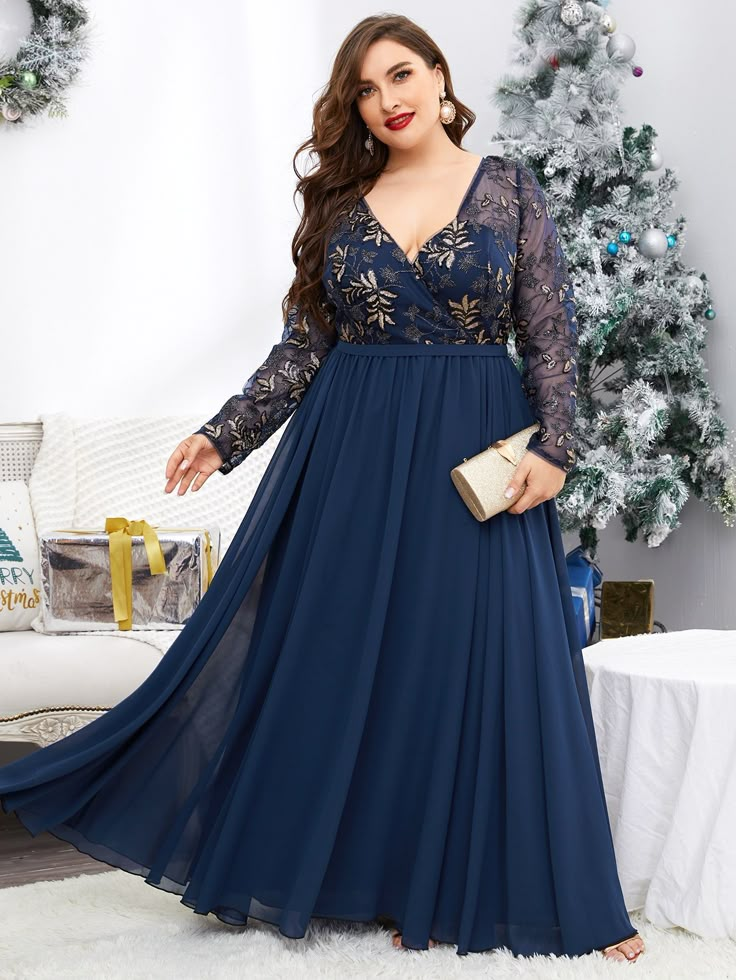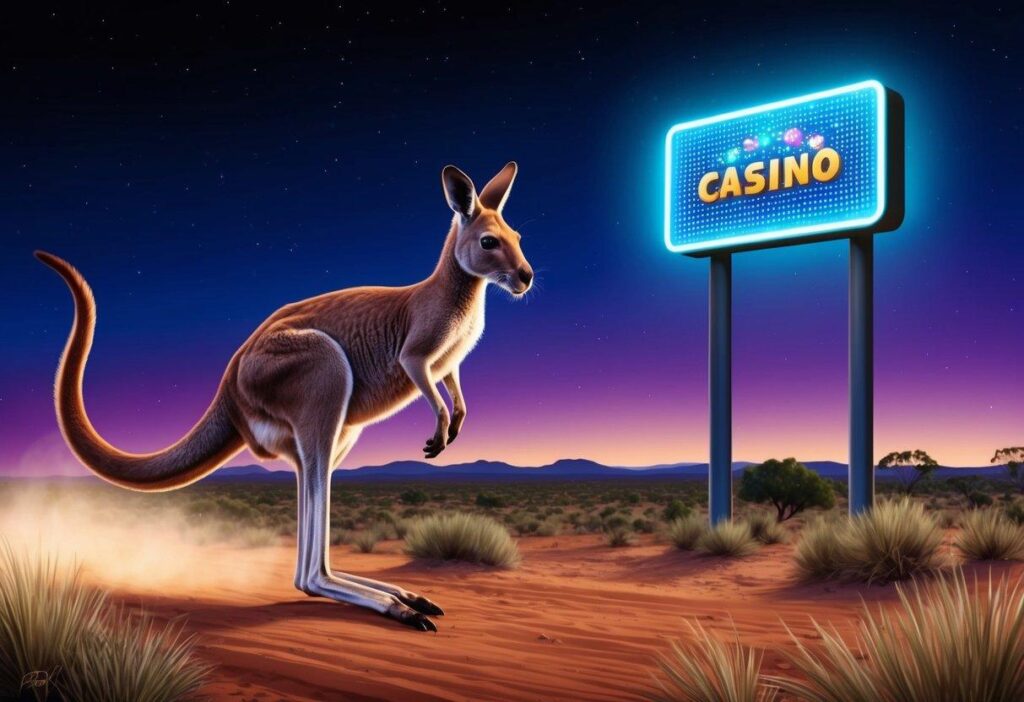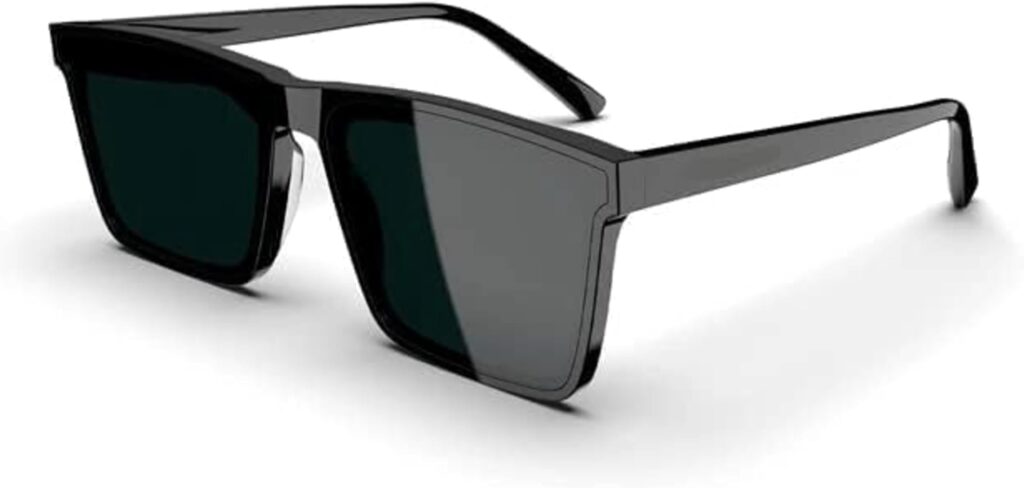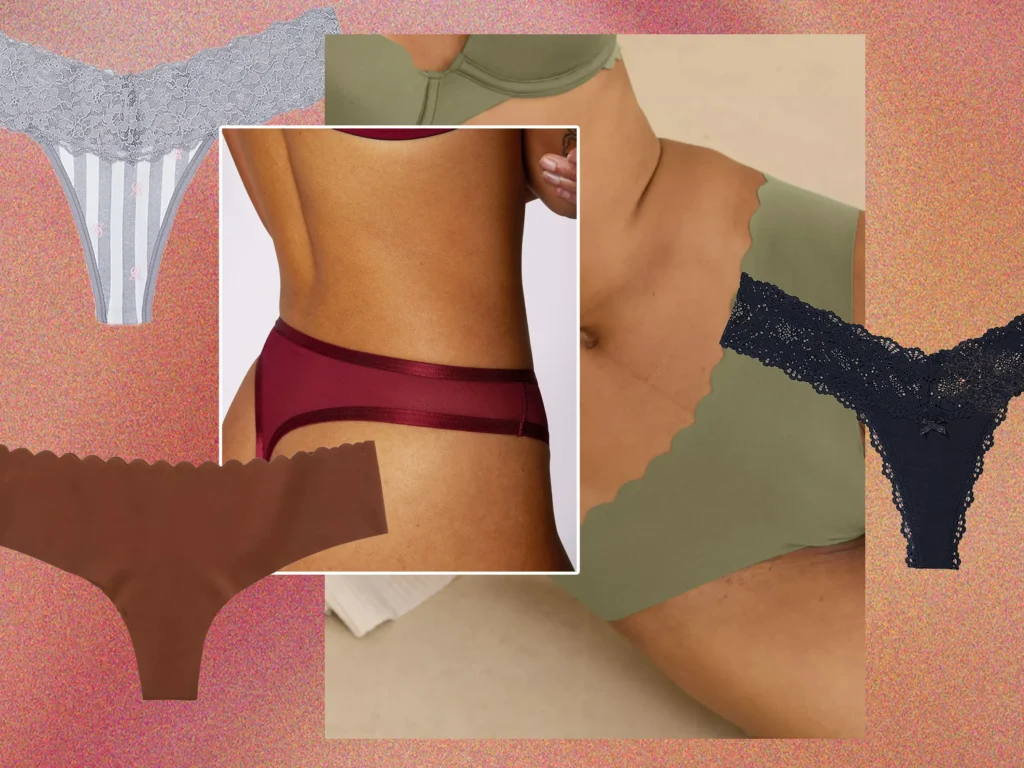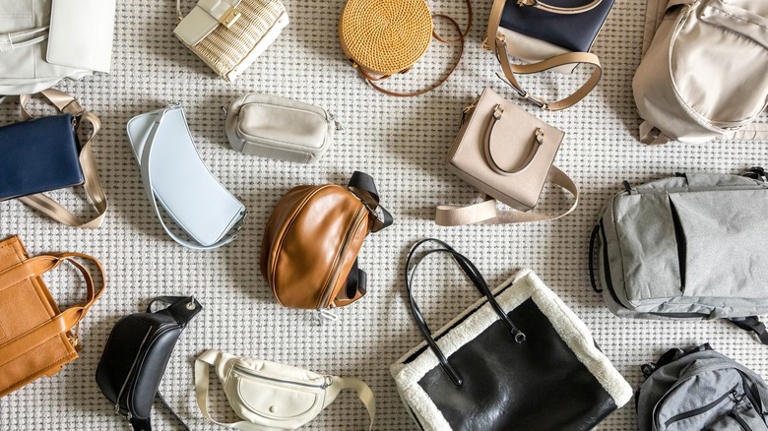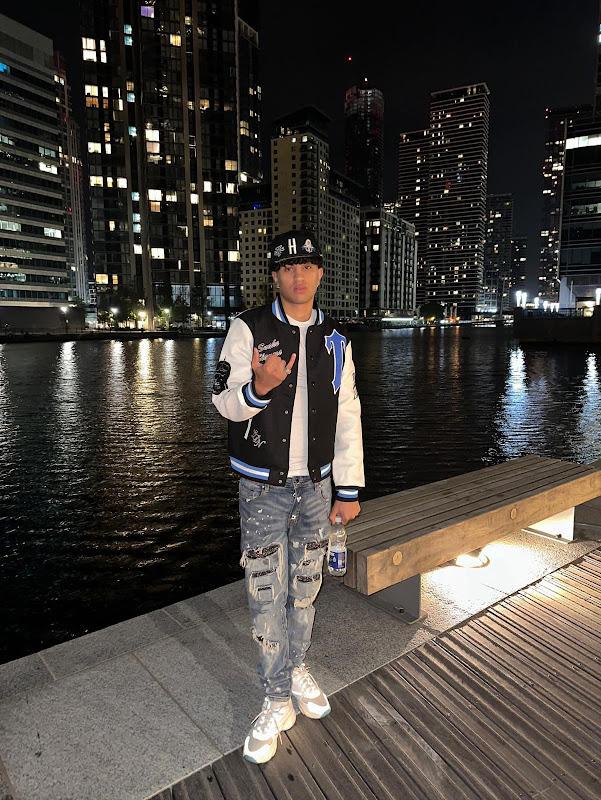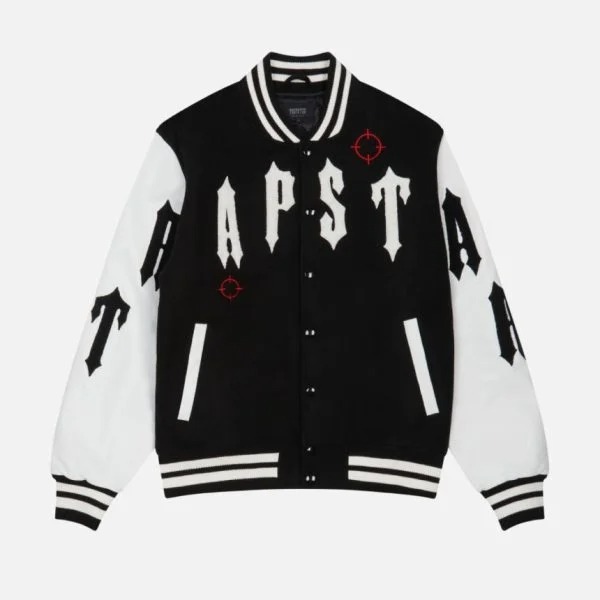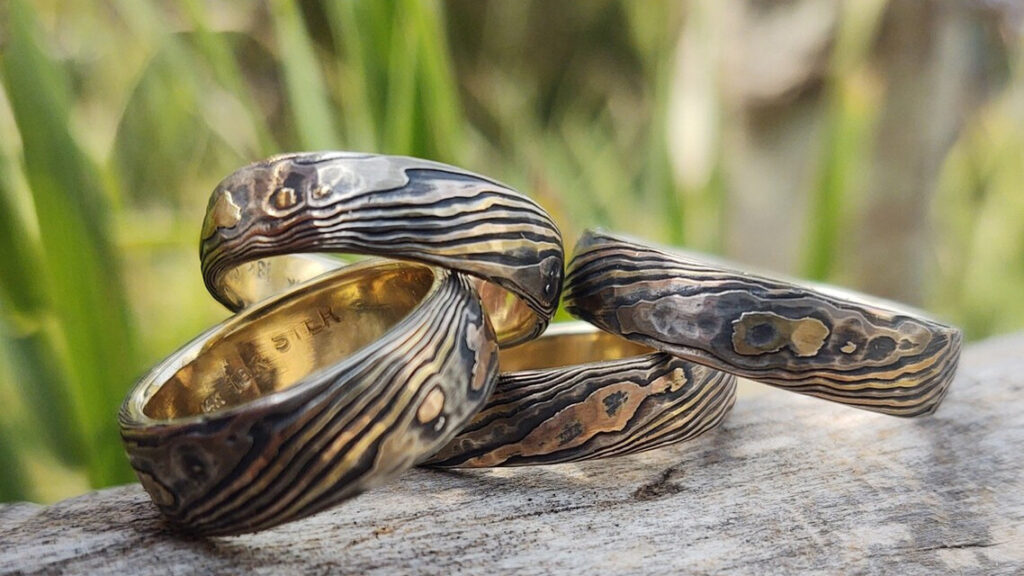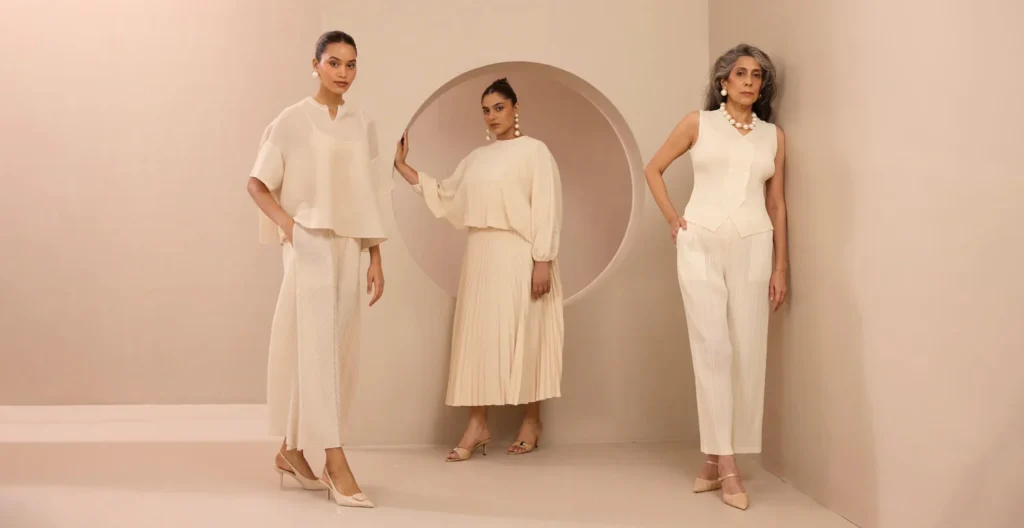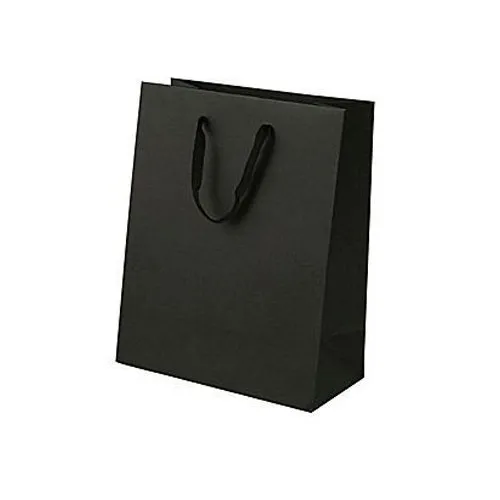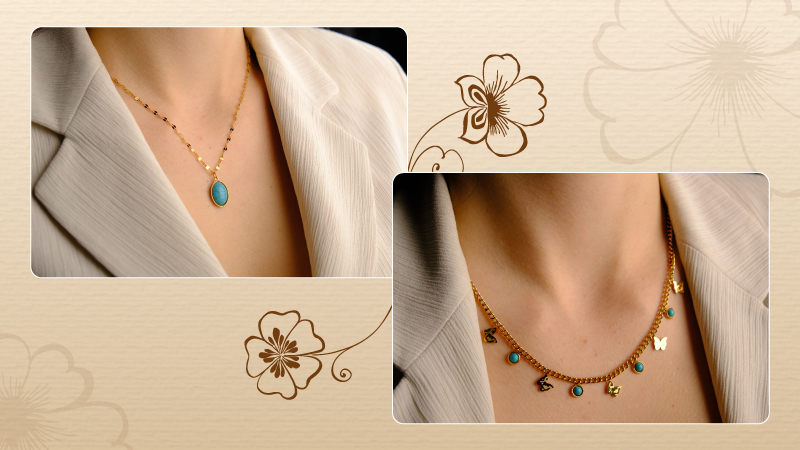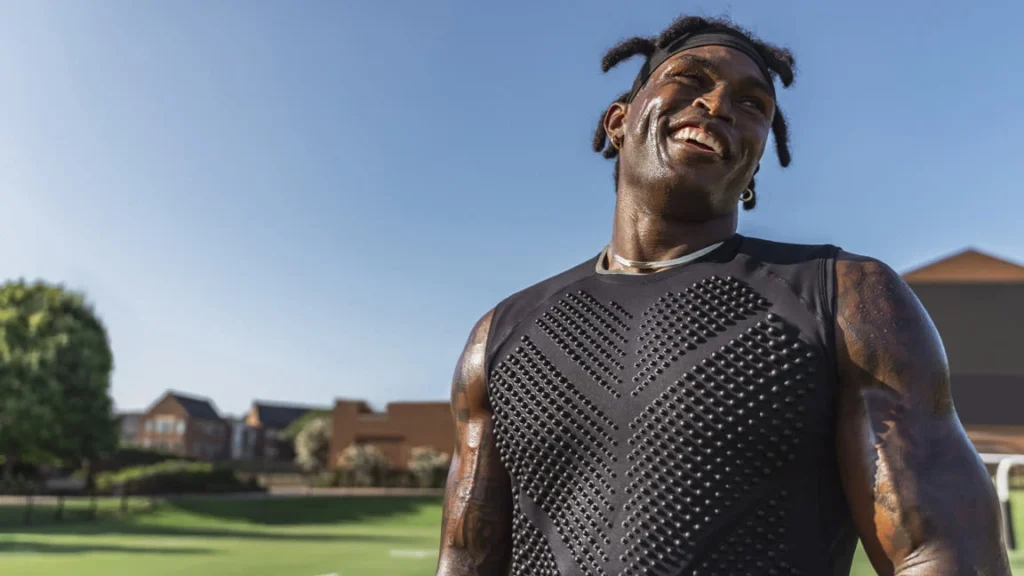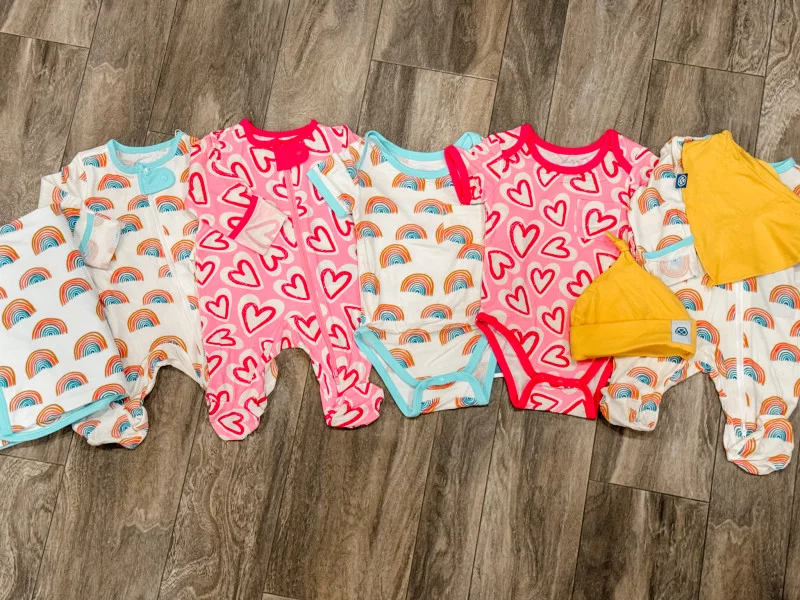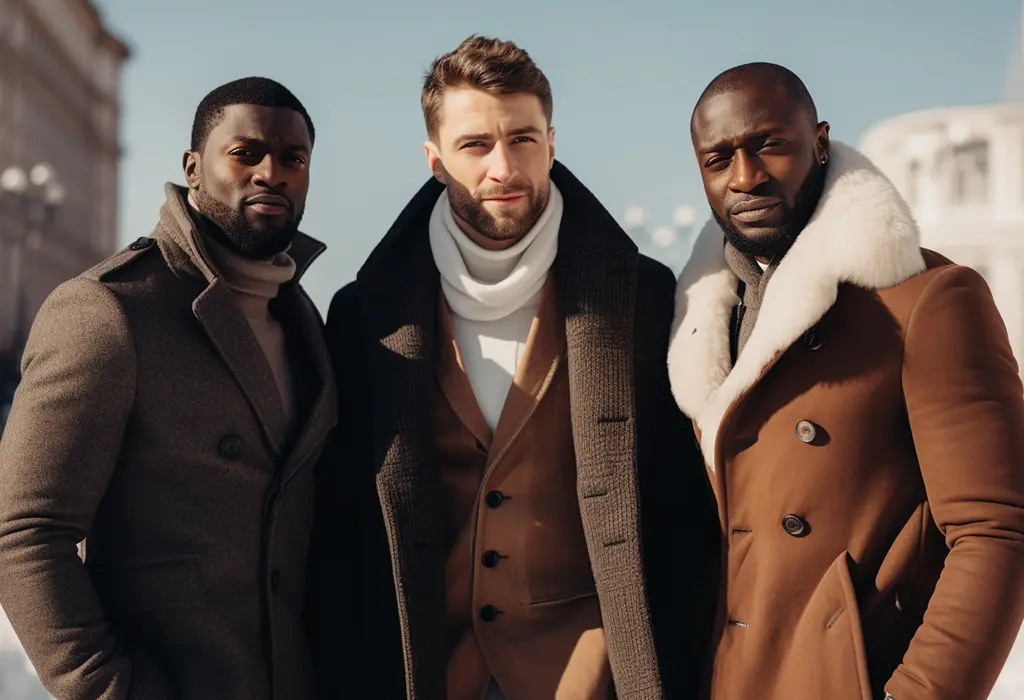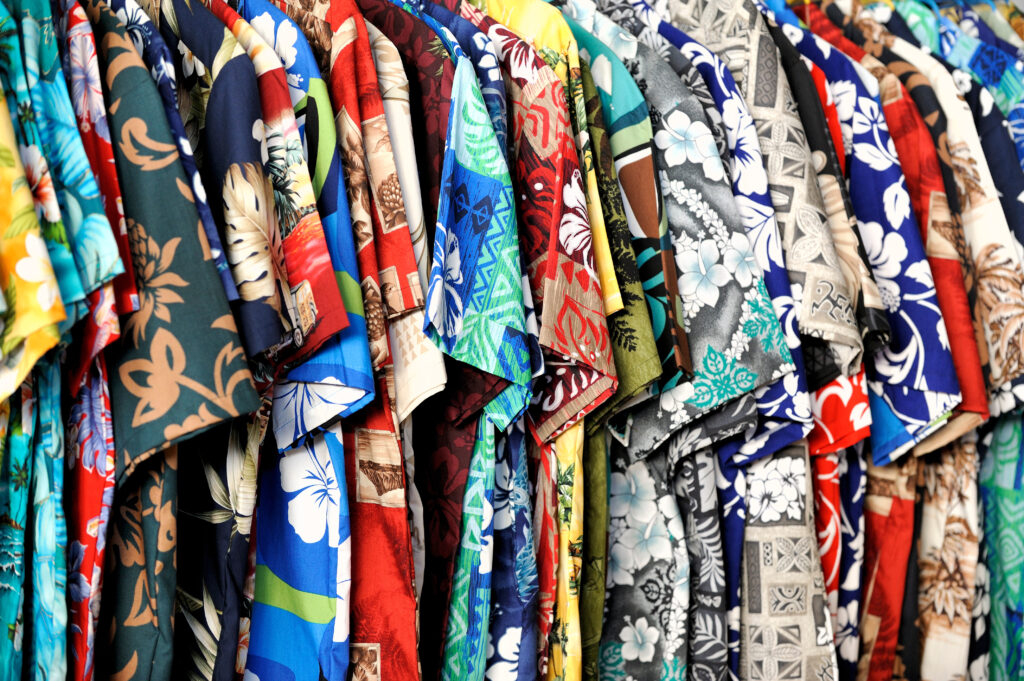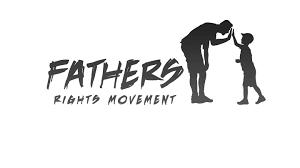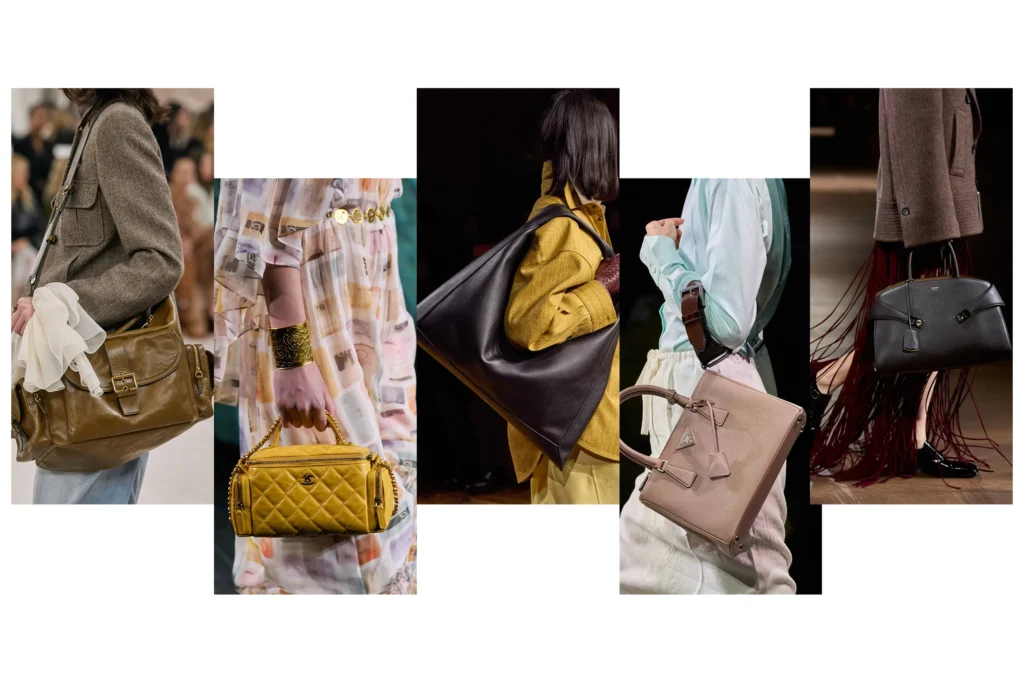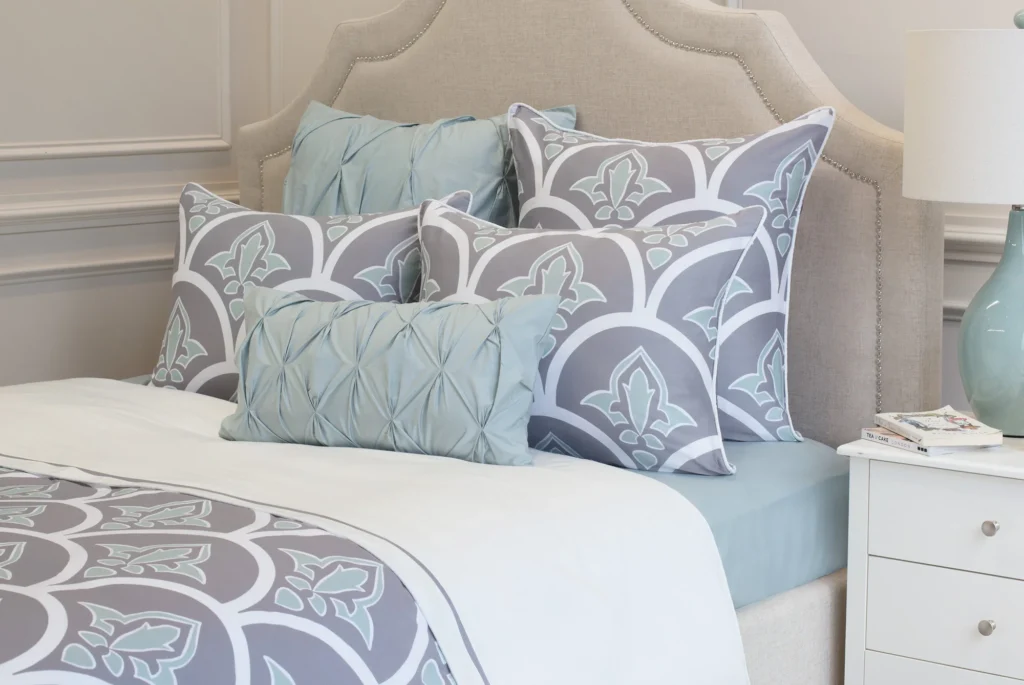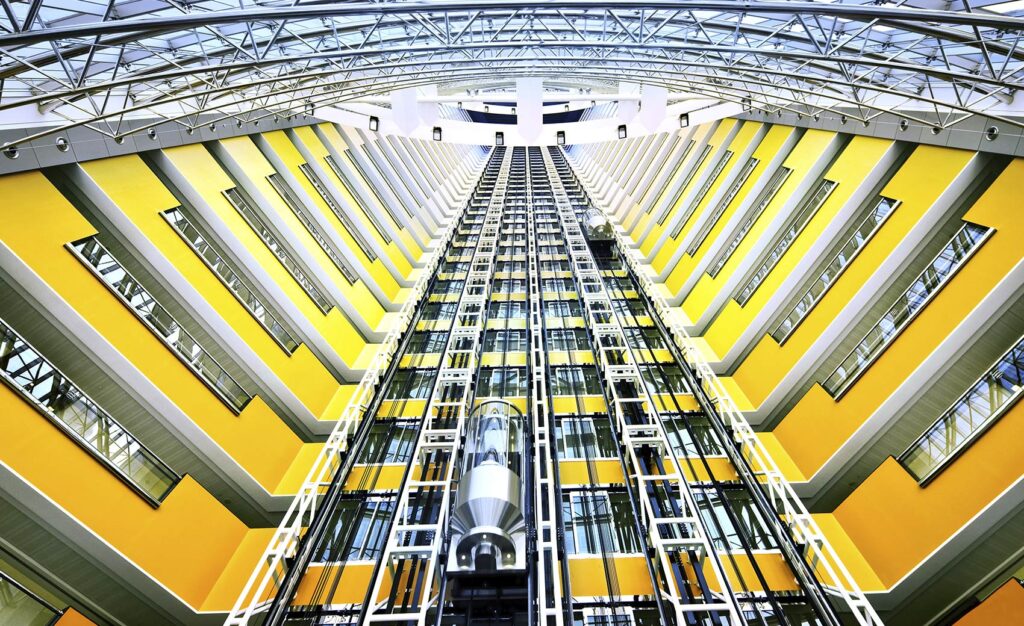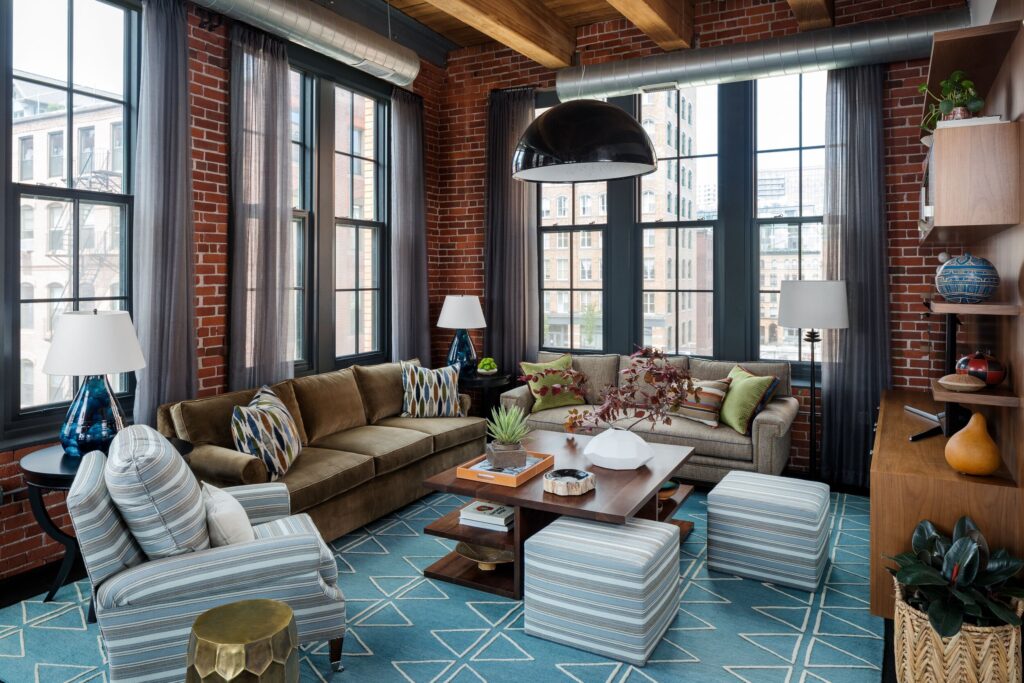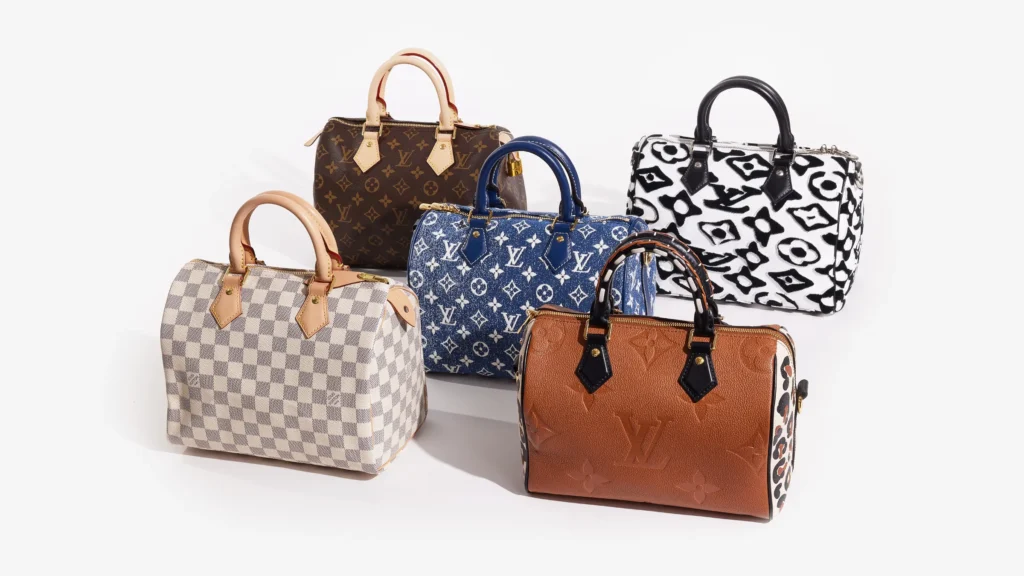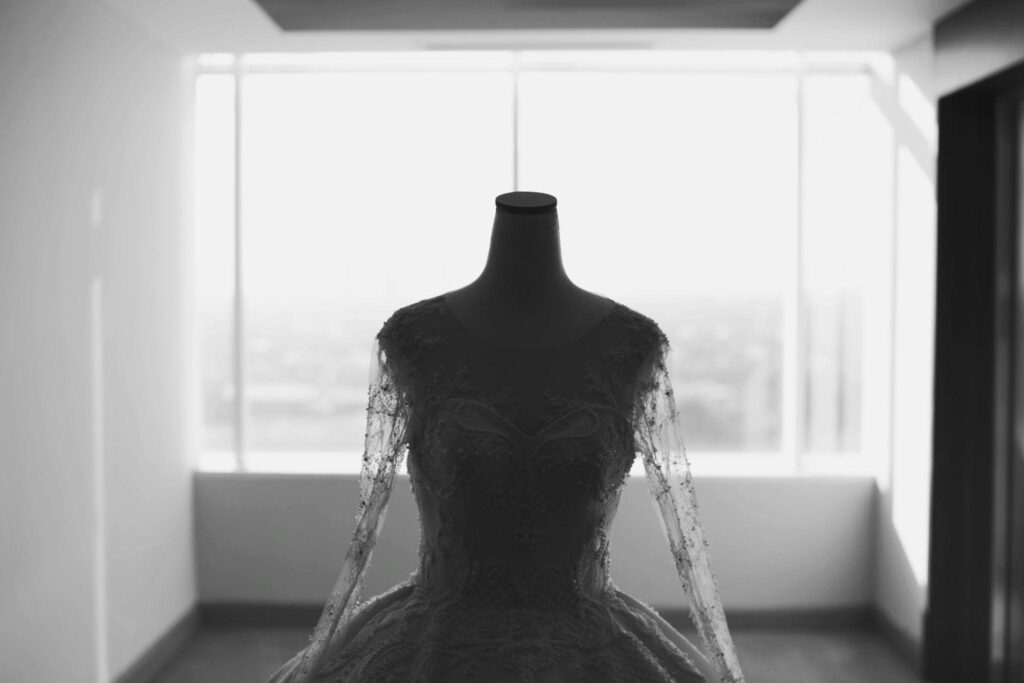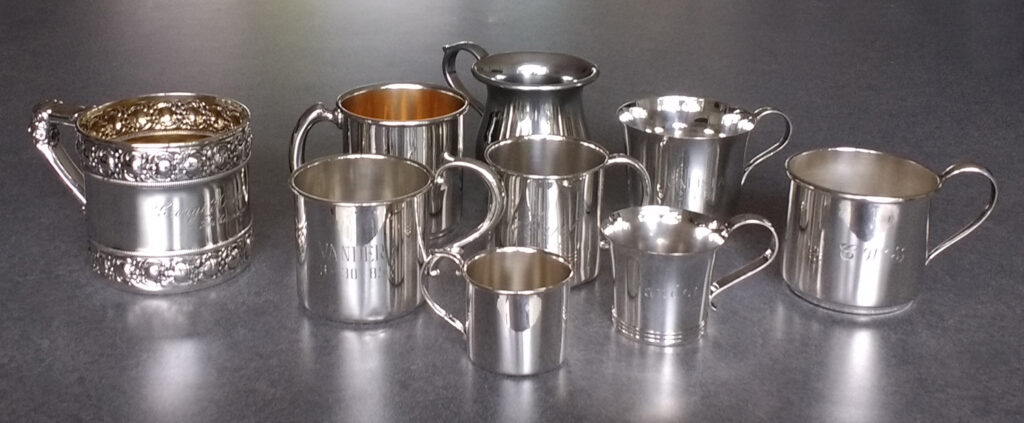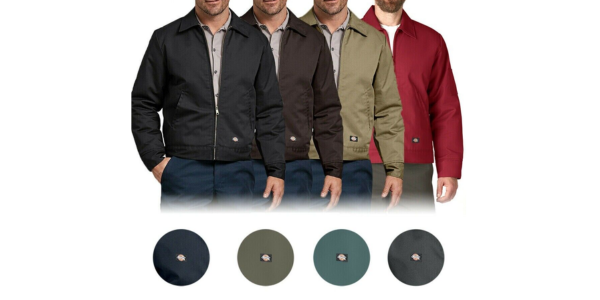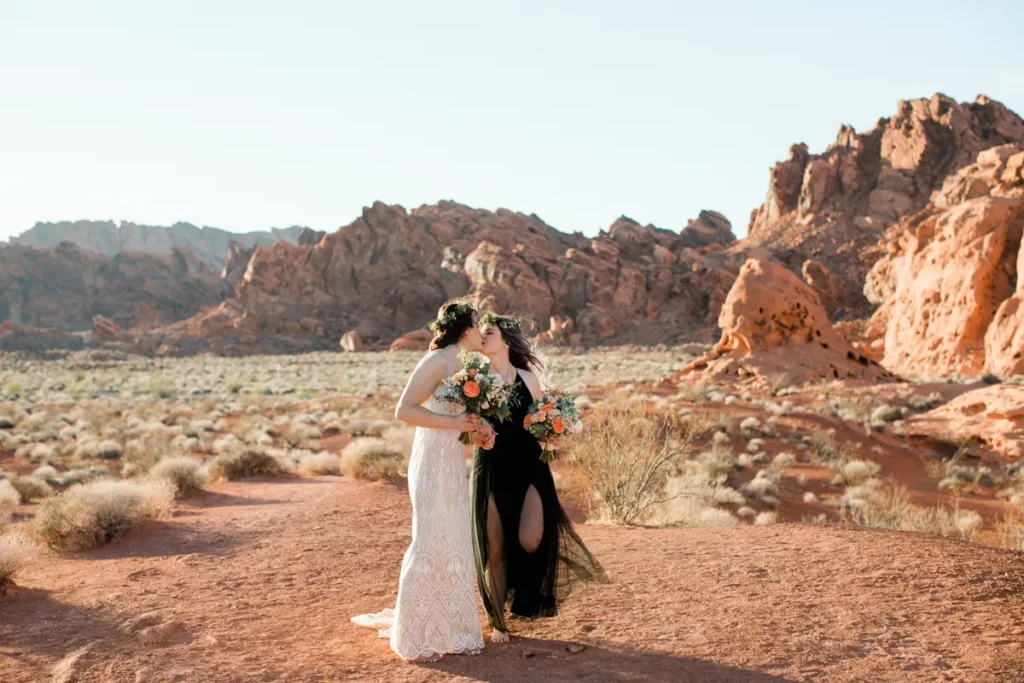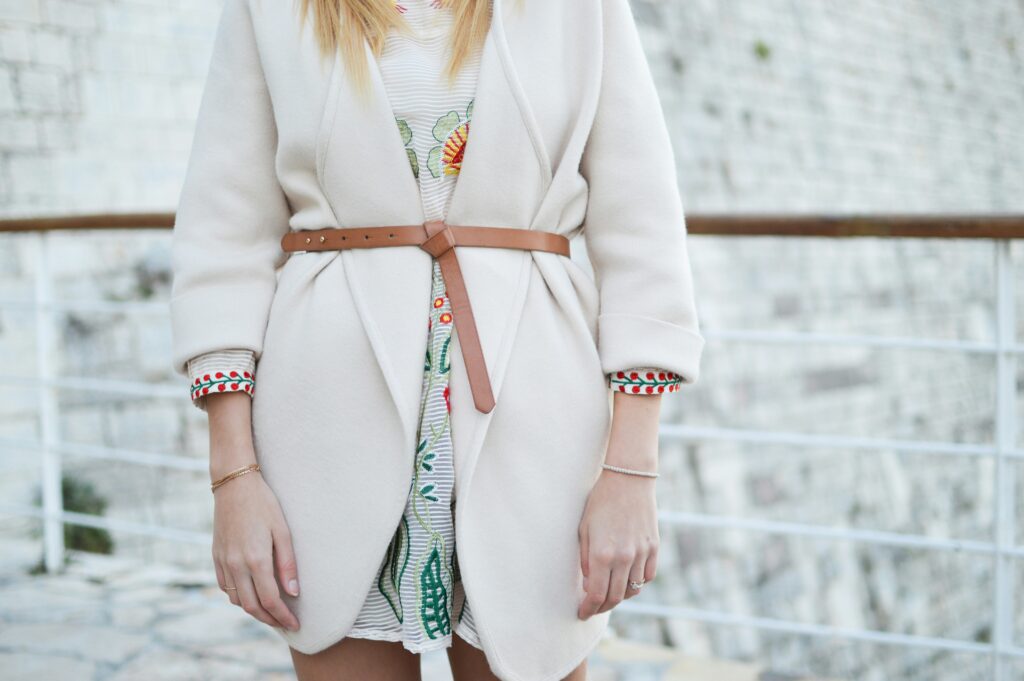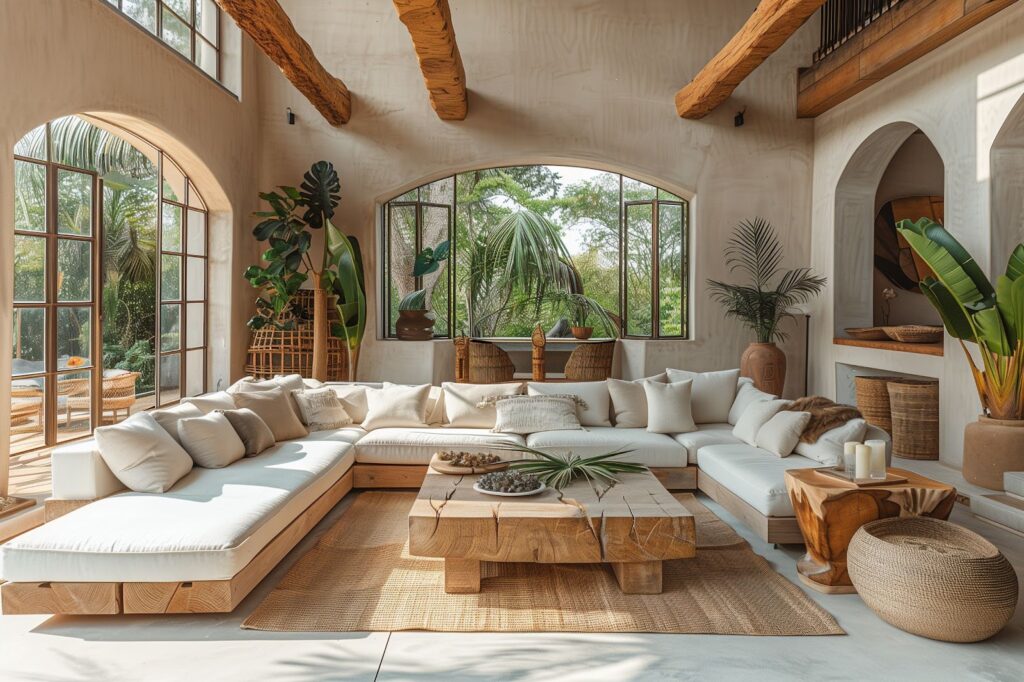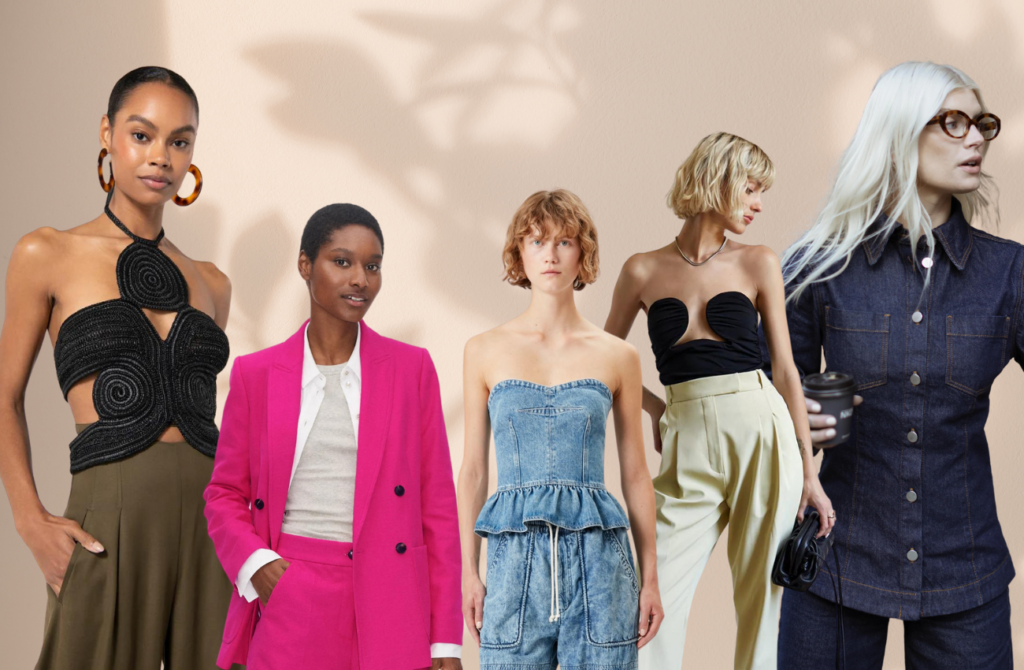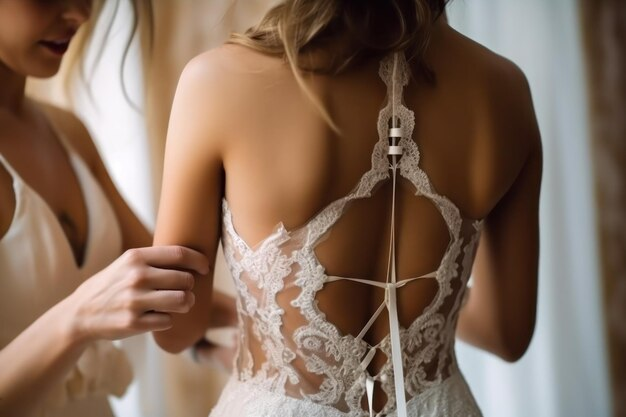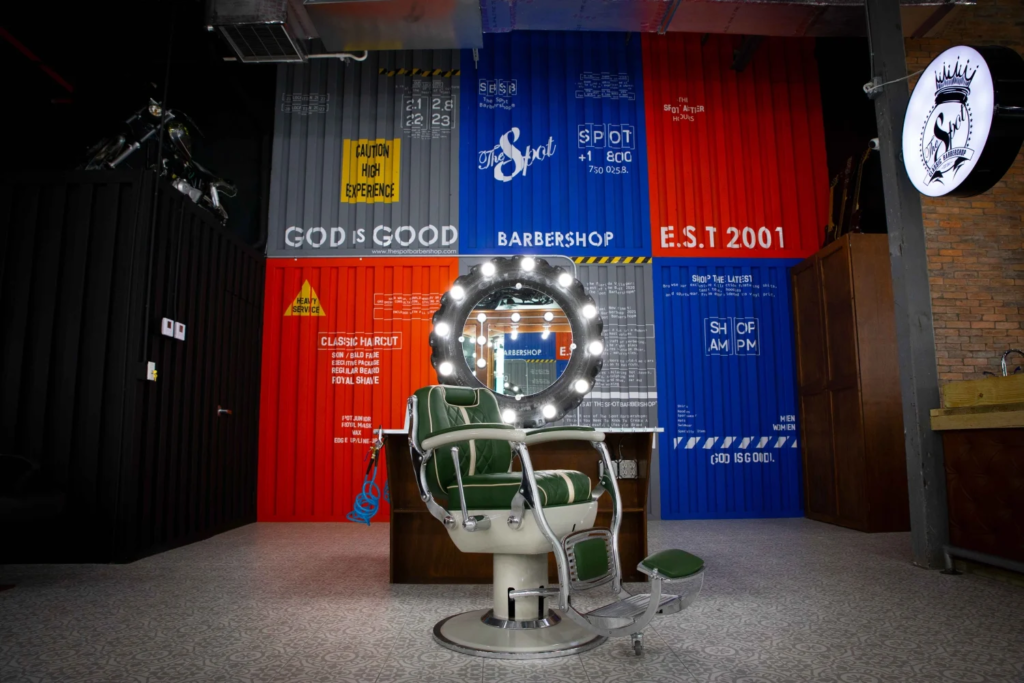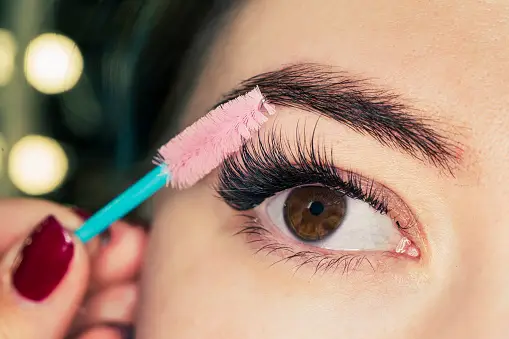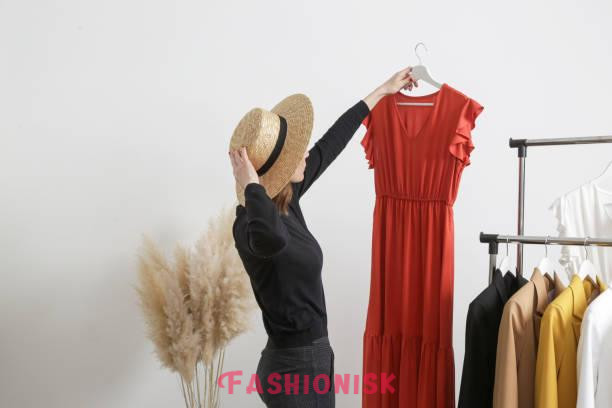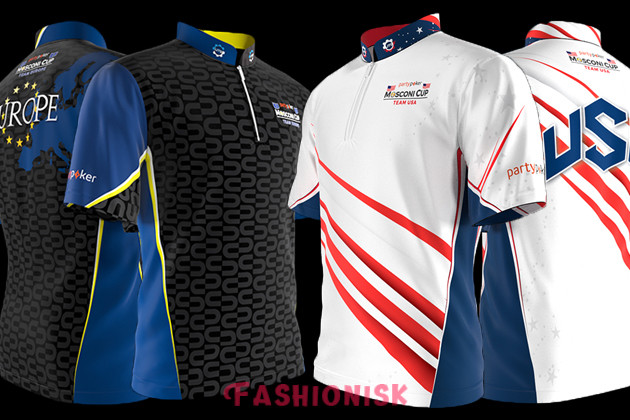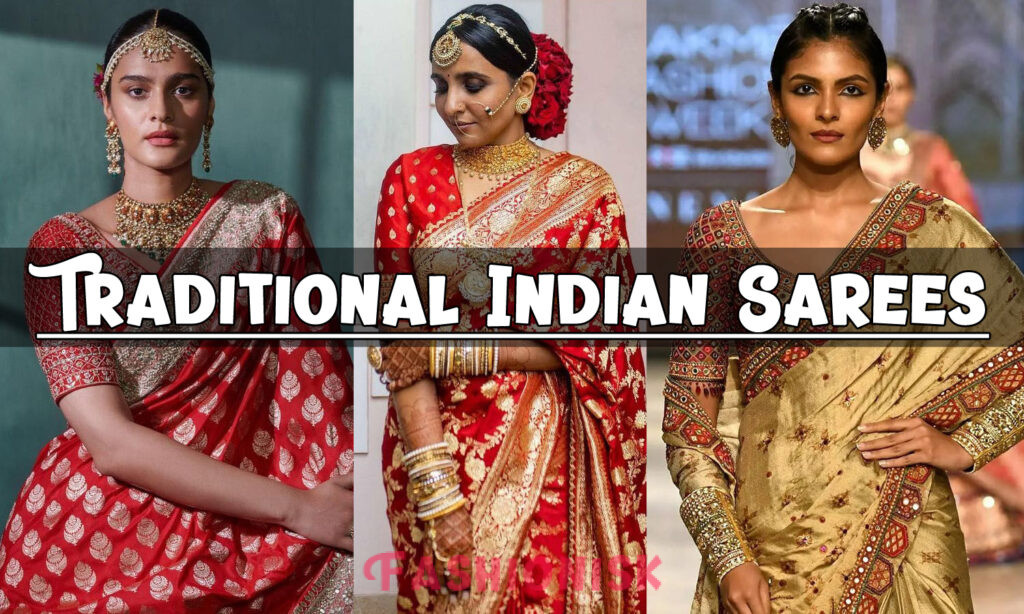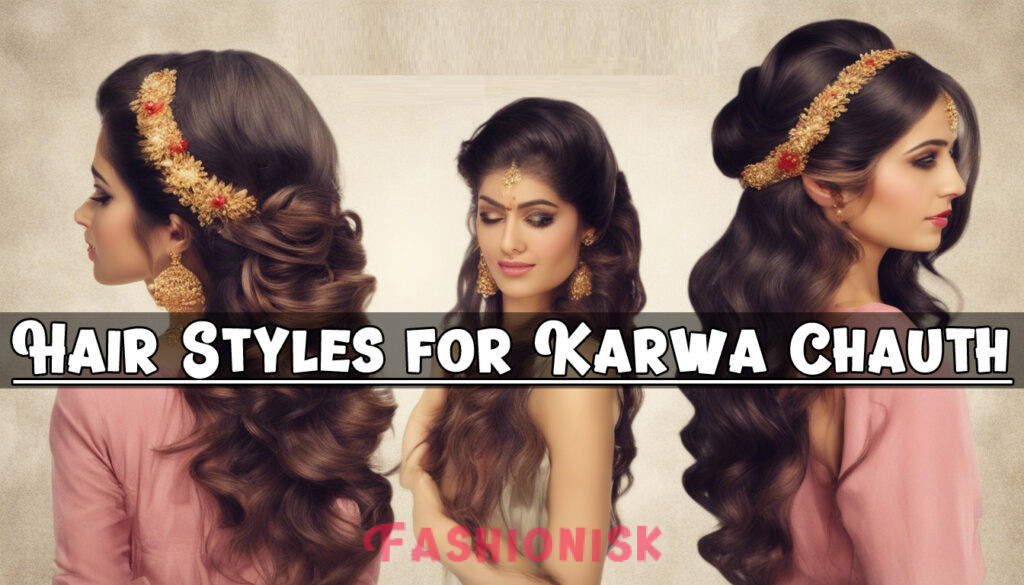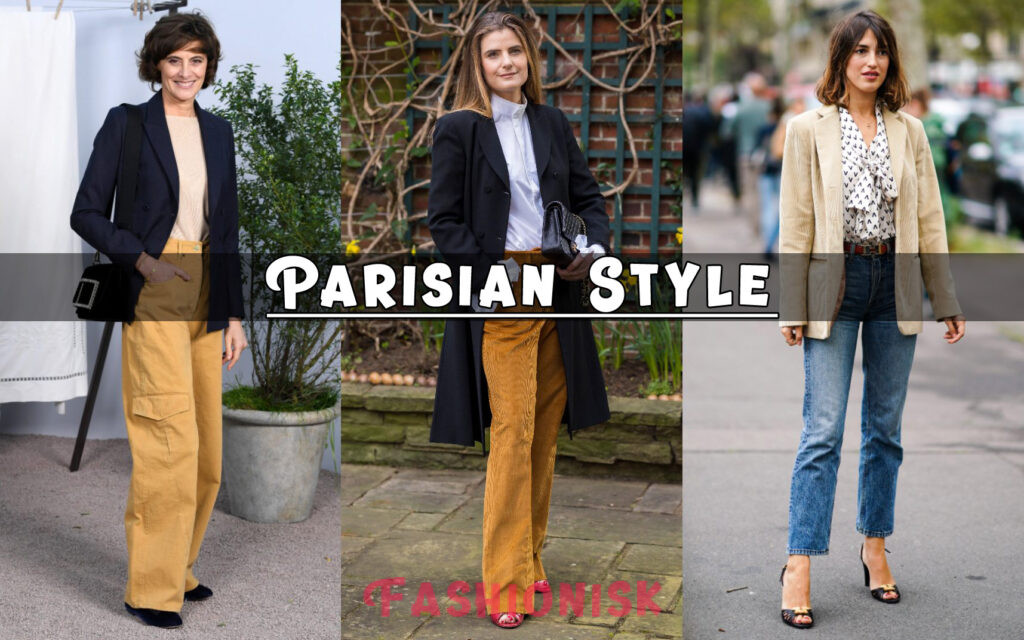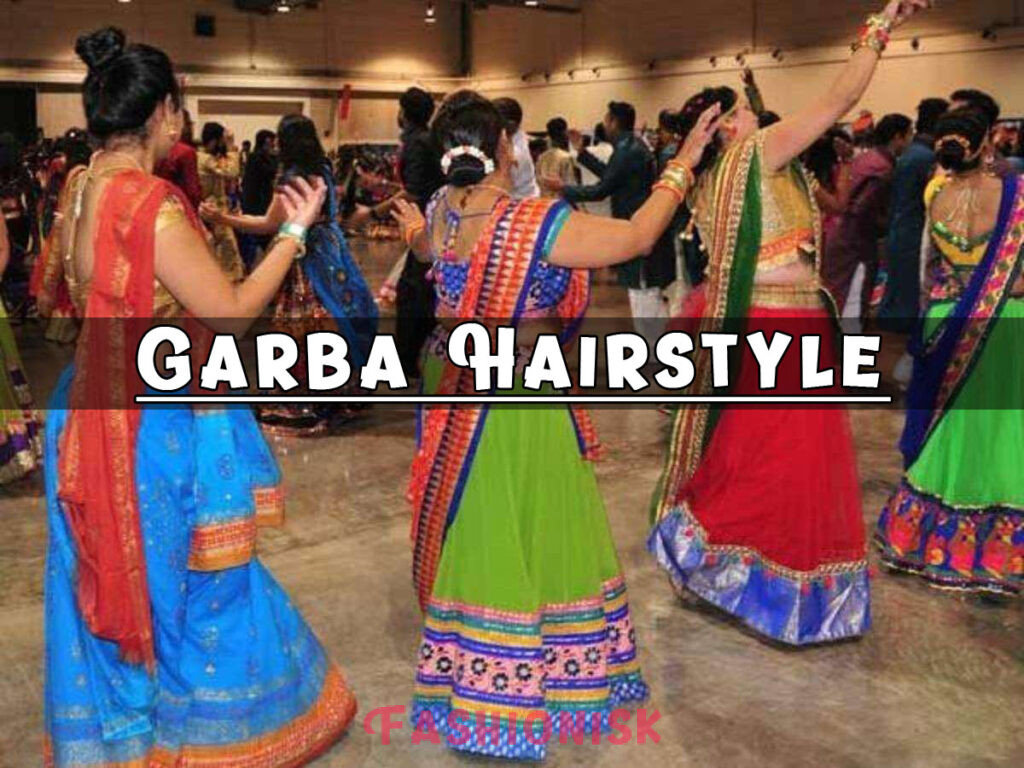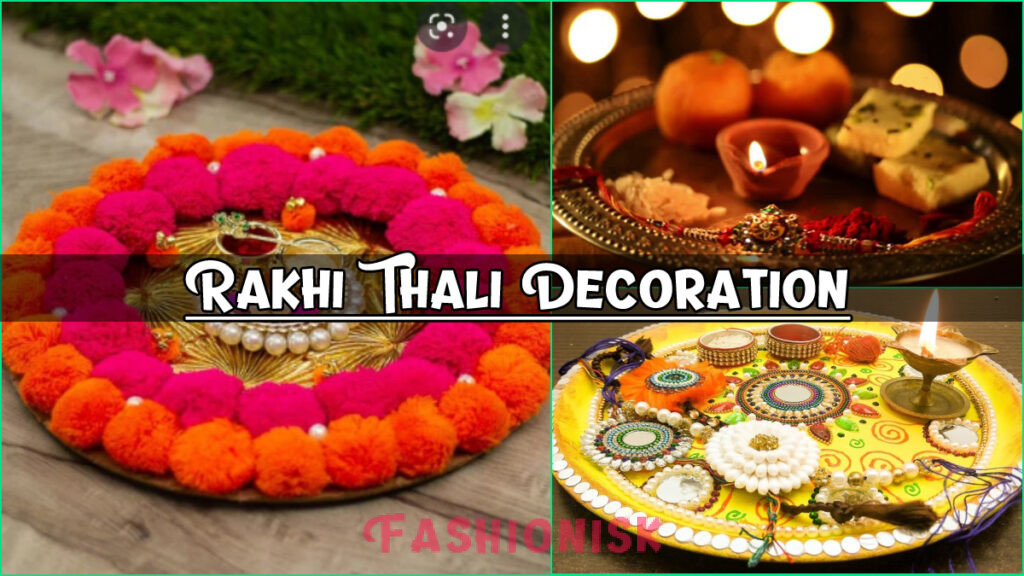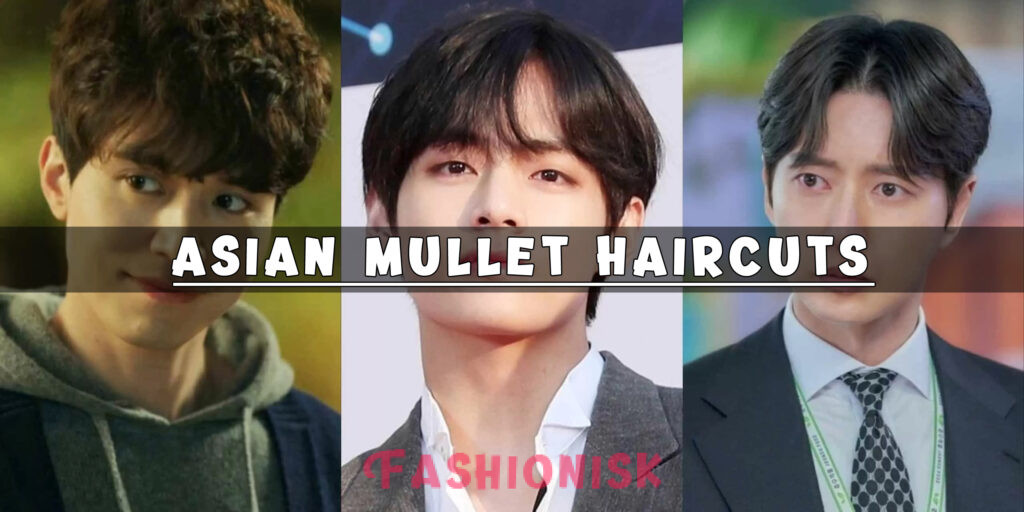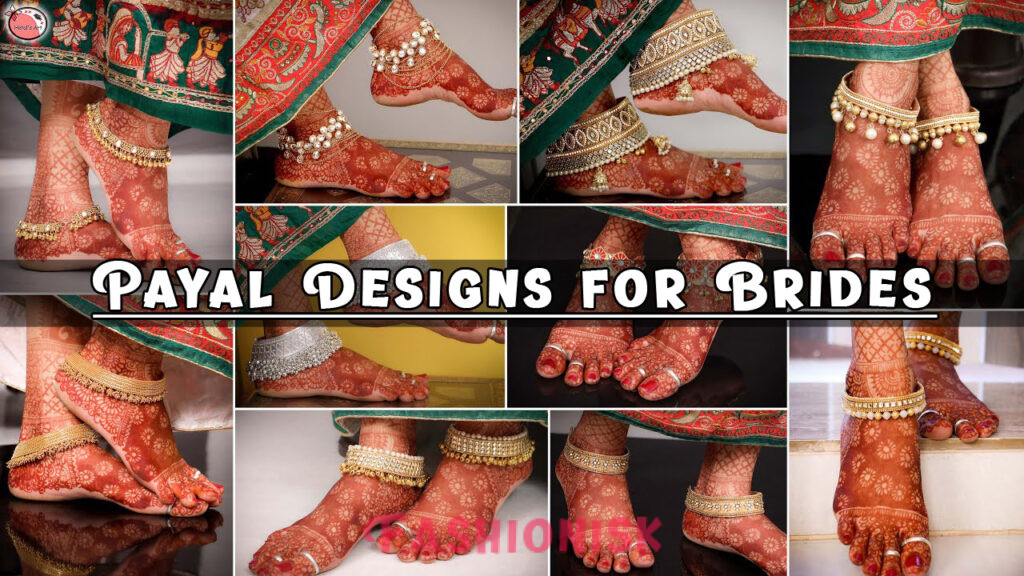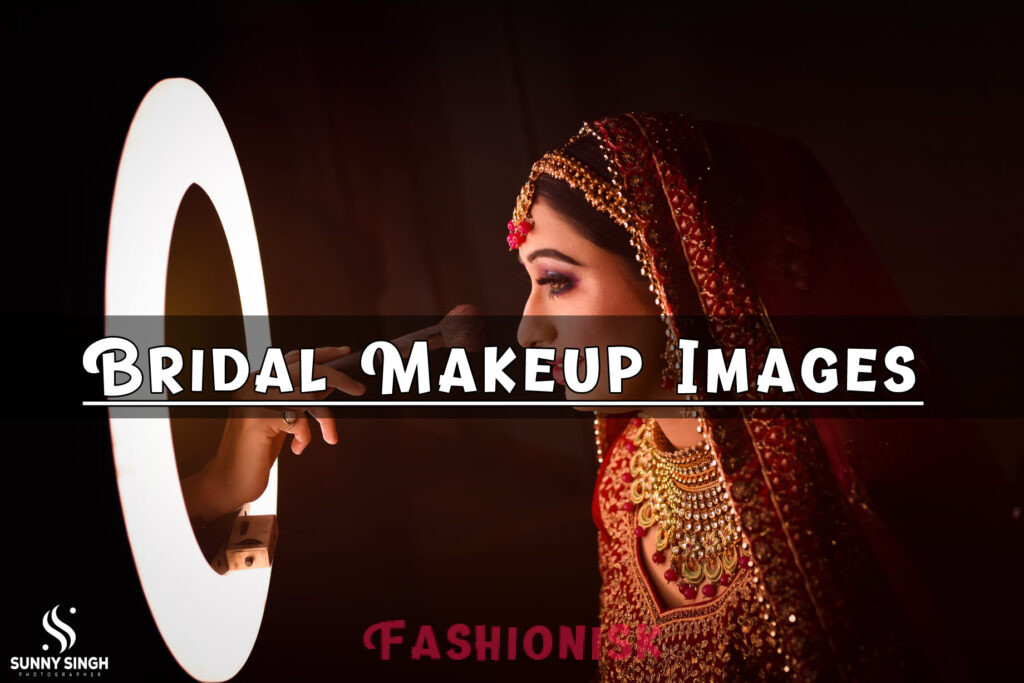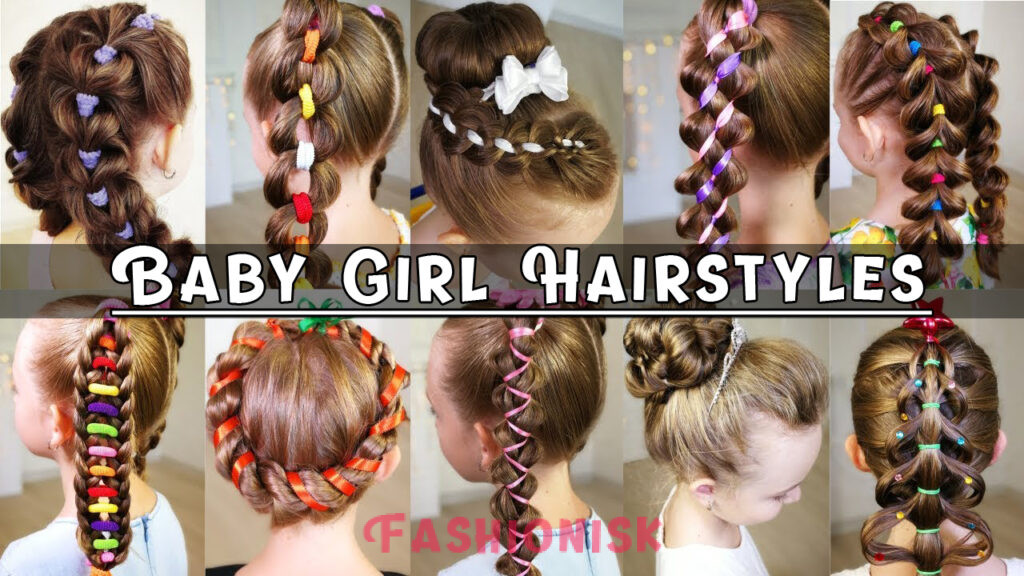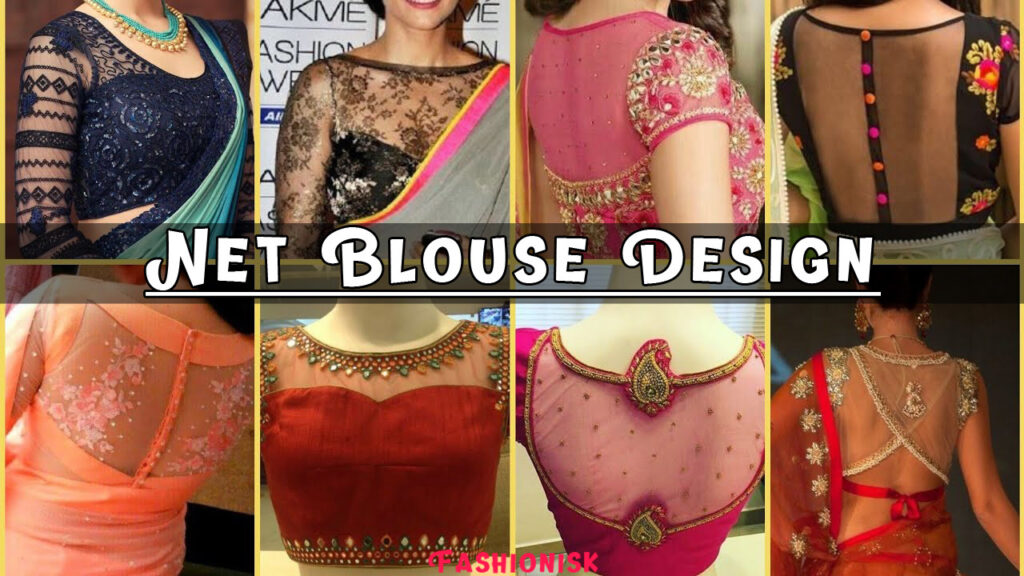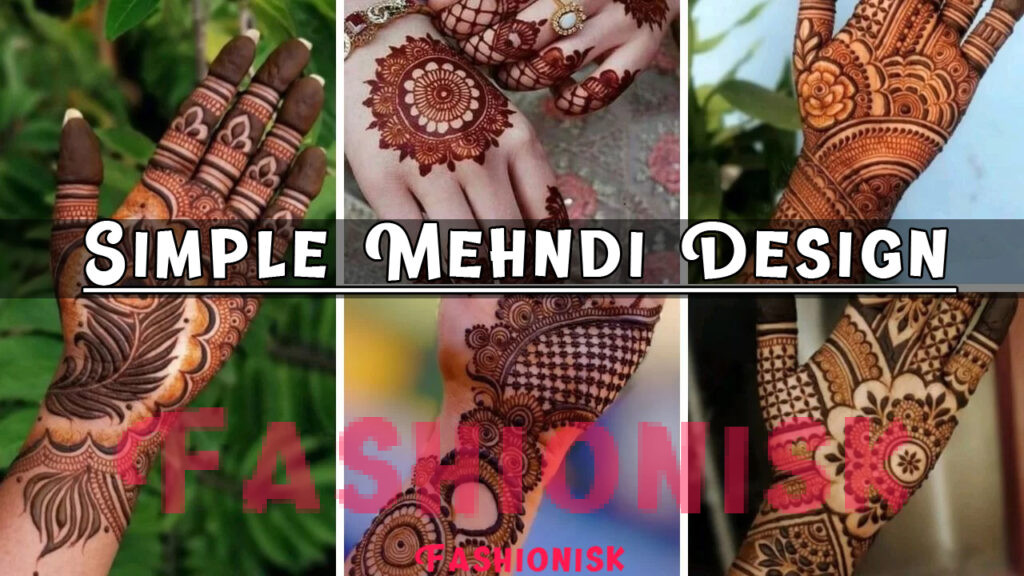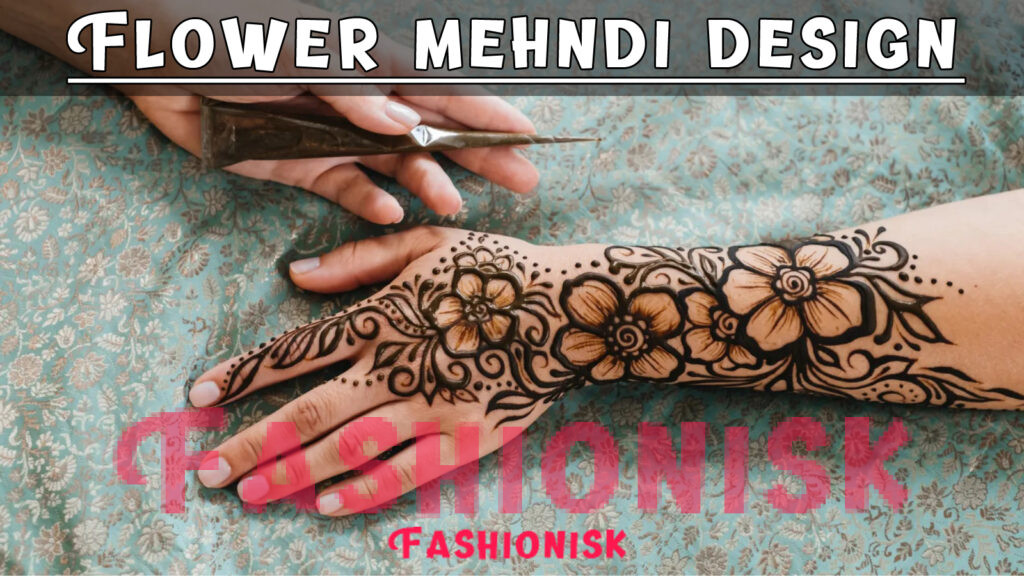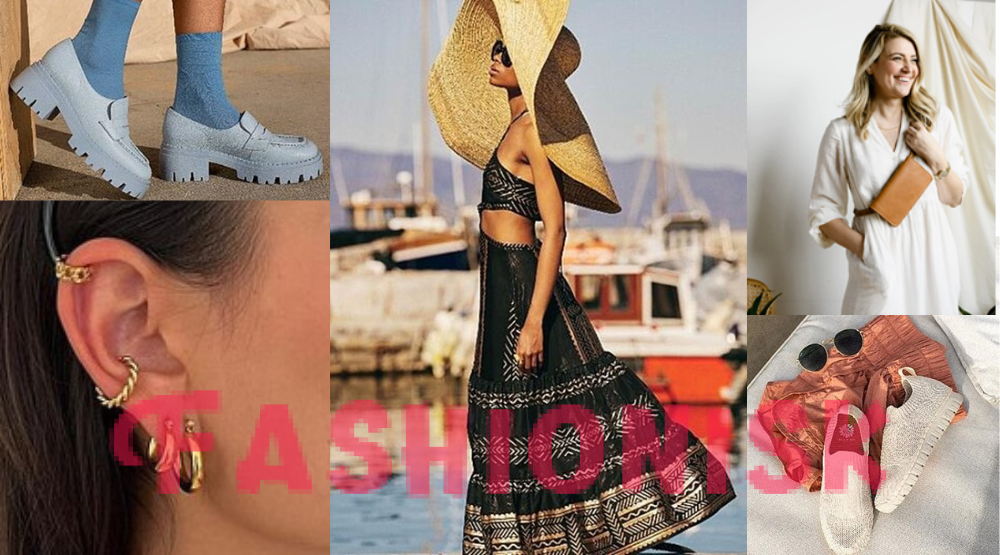Fashion changes constantly over time! It moves through seasons and decades with a vitality that reflects the human spirit. It’s a form of self-expression through which society’s changing tastes and cultural dynamics are boldly painted.
If this artistry piques your interest, a Fashion Designing Course could lead you into this vibrant world. Learning about Famous Fashion Designers and their creations can help discover the threads that connect past trends with modern designs and reveal a history filled creativity and transformation.
Trends of 1920s: Freedom and Flappers
This era witnessed significant social and political transformation, often mirrored in the fashion of the time. Women swapped the restrictive corsets of the past with looser, shorter dresses that reflected their newly acquired freedom. This was the age of the flapper dress known for its dropped waist and flashy decorations, which were the fad during the Jazz Age’s lively soirées.
1930s-1940s: The Hollywood Influence
Fashion become more utilitarian and austere when the Great Depression and World War II shook the entire world. But Hollywood glamour did not fade; it inspired daily wear with elegant evening gowns and the suave tuxedo. Fashion icons like Cary Grant and Katharine Hepburn influenced tasteful yet useful trends.
1950s: Post-War Prosperity and Luxury
With cinched waists, fuller skirts, and a general focus on a polished, feminine form, this timeline marked a return to luxury. This was the decade of Dior’s “New Look,” which brought back luxury in fashion after the wartime impoverishment. Men in sharp, fitted suits and women in flowing skirts reflected the optimistic spirit of the era.
1960s: A New Cultural Revolution
Fashion during this period was all about breaking boundaries. Introduced by Mary Quant, the miniskirt came to represent youthful rebellion and liberation. Mod fashion emerged during this decade as well, with its strong geometric designs and vivid colours that reflected the lively pulse of the music and cultural movements of the time.
1970s: Rise of Eclectic Fashion
This era brought a fresh twist to past inspirations. Styles like ethnic-inspired patterns, peasant blouses and bell-bottom trousers were popularised by the hippie movement. This period focused on comfort and self-expression; fashion embraced a more carefree aesthetic that challenged traditional norms.
1980s: The Boldness of Power Dressing
This decade was dominated by a “more is more” philosophy. Power dressing for men and women reflected the decade’s ethos of wealth and success. Strength and confidence were portrayed in women’s clothing with additions like shoulder pads, bold colours, and statement accessories. The emergence of designer names like Versace and Armani underlined how crucial luxury and branding are in fashion.
1990s: The Minimalist Movement
This timeline saw a toning down with minimalist fashion following the excess of the 80s. Grunge arose during this decade and streetwear became fashionable, thus contradicting the luxury of high fashion. Designers like Calvin Klein and Tommy Hilfiger were leading the charge with straightforward yet elegant designs that encouraged a sleek, modest look that was accessible while being fashionable.
2000s: The Digital Age and Fast Fashion
The digital revolution arrived at the turn of the millennium and revolutionised the consumption and sharing of fashion. Fast fashion started to take front stage as companies like Zara and H&M transformed the speed with which fashion could respond to trends. Celebrity fashion icons emerged in the 2000s as well, with the internet and social media platforms amping up their influence.
2010s and Beyond: Sustainability and Inclusivity
The fashion industry today is challenged by ethical standards and sustainability. The growing fad towards slow fashion emphasises sustainable ways of manufacture and environmental impact. Inclusivity has also taken centre stage as brands promote a wider spectrum of sizes, colours, and cultures.
Looking to the Future
Fashion designs in the 2020s are evolving to reflect a globally connected and ecologically conscious society. Technology, culture, and societal values coming together will keep fashion going forward in exciting and unforeseen ways.
This journey through the decades shows the transformative power of fashion and underlines the importance of learning about its history. Understanding past trends lets aspiring designers and fashion lovers appreciate the depth and breadth of this dynamic industry.
Conclusion: Fashion’s Timeless Journey
As we experience the glamorous twists and turns of fashion from the past to the present, it’s clear that fashion goes beyond just clothes; it reflects our collective experiences and the societal shifts of each era.
Each decade’s unique style tells a story of rebellion, expression, or prosperity, which influenced the way we dressed and saw the world. Understanding this evolution, which can be done with the courses offered by The Knowledge Academy, helps us appreciate fashion as an art form and a cultural phenomenon always on the cusp of a new revolution.
So, whether a budding designer or a style enthusiast, the history of fashion offers endless inspiration and insight, proving that while styles may change, the expression of ideologies through fashion is timeless!























